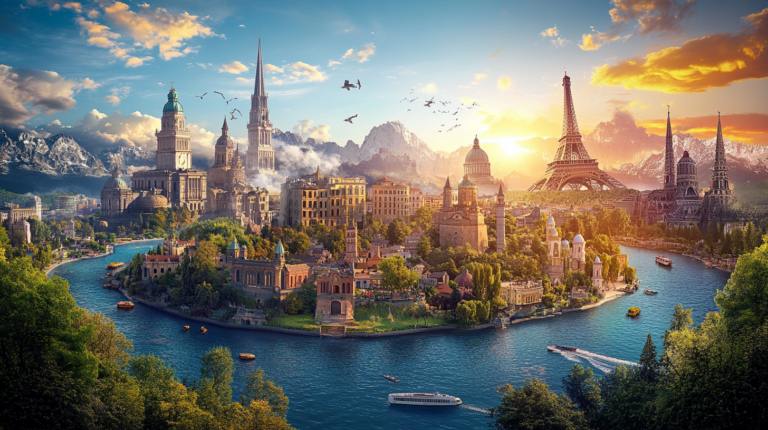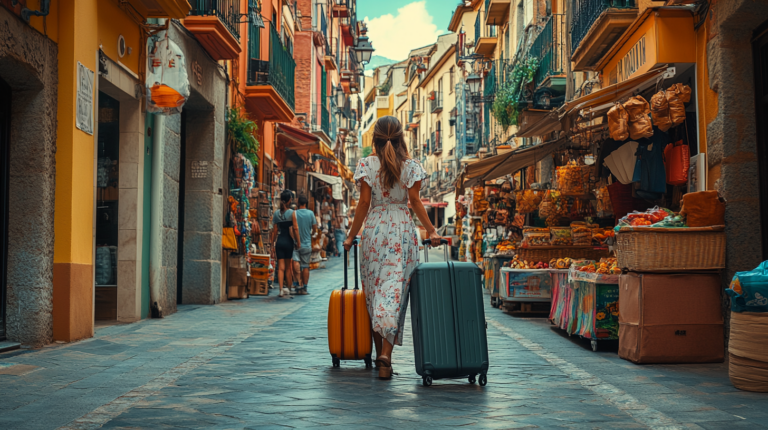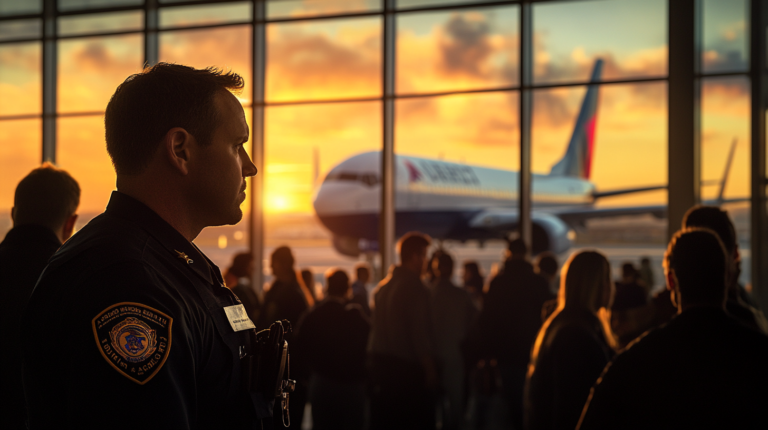When Is the Best Time to Travel Cheap to Italy?
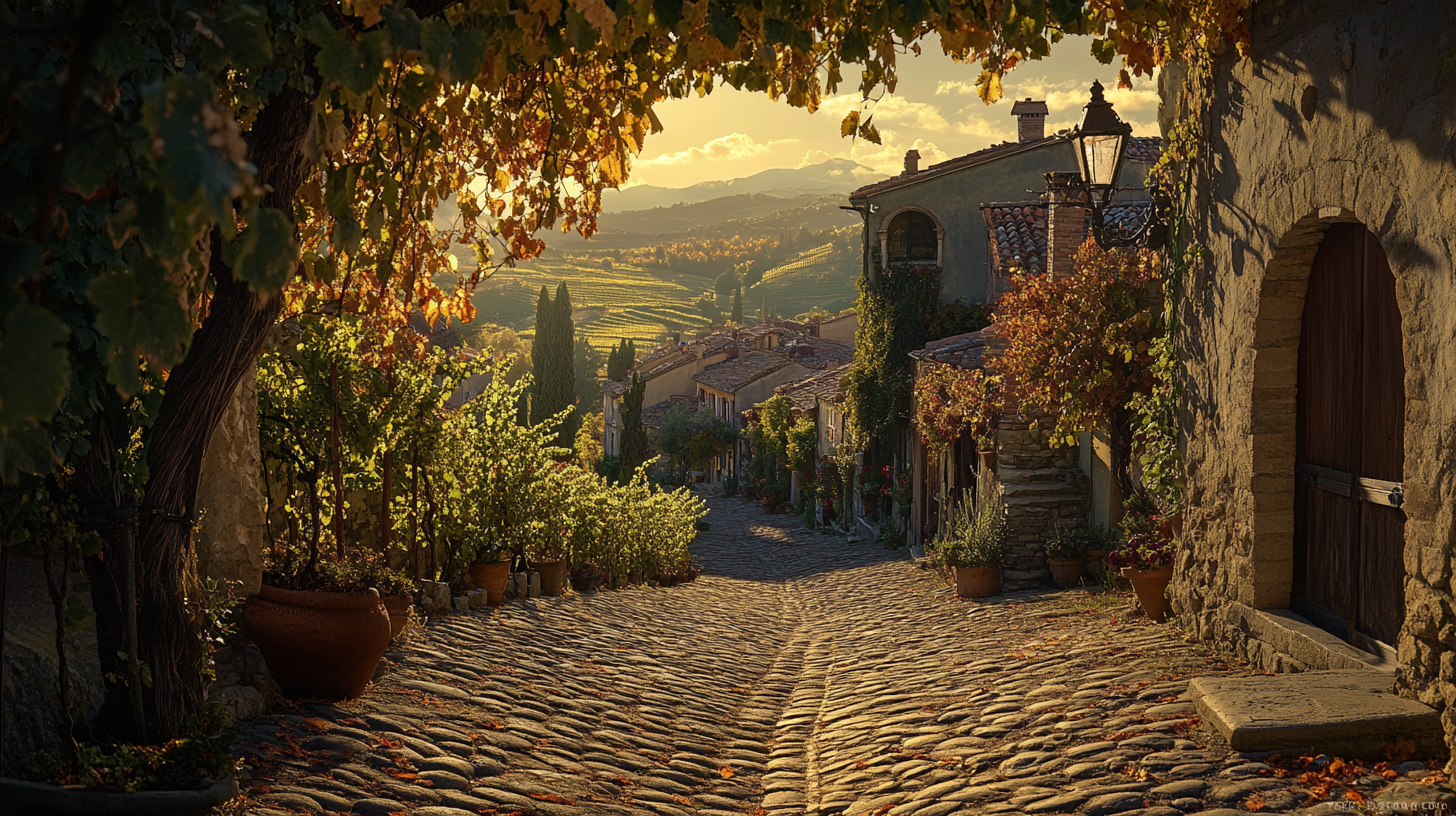
Italy, a land where ancient ruins stand alongside modern fashion houses, and rolling vineyards give way to sun-kissed coastlines, has long captivated the hearts of travelers worldwide. From the romantic waterways of Venice to the artistic treasures of Florence and the rustic charm of the Tuscan countryside, Italy offers an abundance of experiences that cater to every kind of adventurer. Yet, the perception persists that indulging in Italy’s splendors requires deep pockets. The truth is, with a bit of savvy planning and timing, the enchantment of Italy is accessible without breaking the bank. Imagine sipping espresso in a Roman café, wandering the cobblestone streets of medieval hill towns, or marveling at Renaissance masterpieces—all while staying within your budget. This comprehensive guide delves into the most cost-effective times to explore Italy, unraveling the intricate tapestry of seasonal variations, weather patterns, and cultural events that influence travel costs. Whether you’re a history buff, a culinary enthusiast, or a seeker of authentic local experiences, there’s a perfect—and affordable—time for your Italian journey.
Understanding Italy’s Tourism Seasons
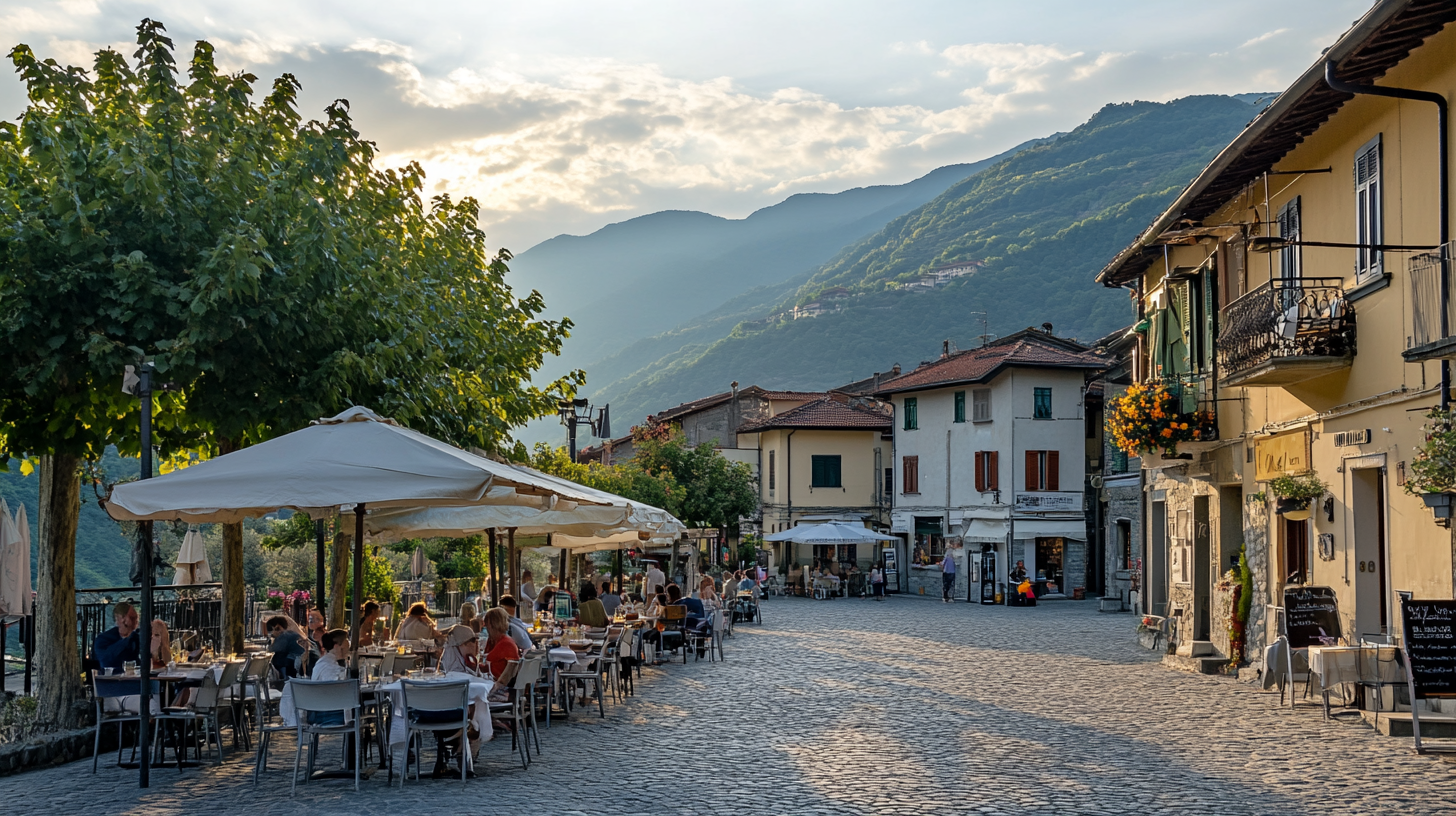
Italy’s appeal is perennial, but the ebb and flow of its tourism seasons significantly affect travelers’ experiences and expenses. From the bustling piazzas in summer to the serene landscapes in winter, each season paints Italy with a different brush. Understanding these patterns is crucial for maximizing both your enjoyment and your savings. Factors such as school holidays, local festivals, and climate variations play pivotal roles in determining when tourists flock to the country and when they stay away. By aligning your travel plans with the quieter periods, you not only benefit financially but also gain a deeper connection with the locales—experiencing Italian life as the residents do, without the swarms of tourists. This section breaks down Italy’s tourism seasons, offering insights into what you can expect during each period.
Peak Season: Summer Months (June to August)
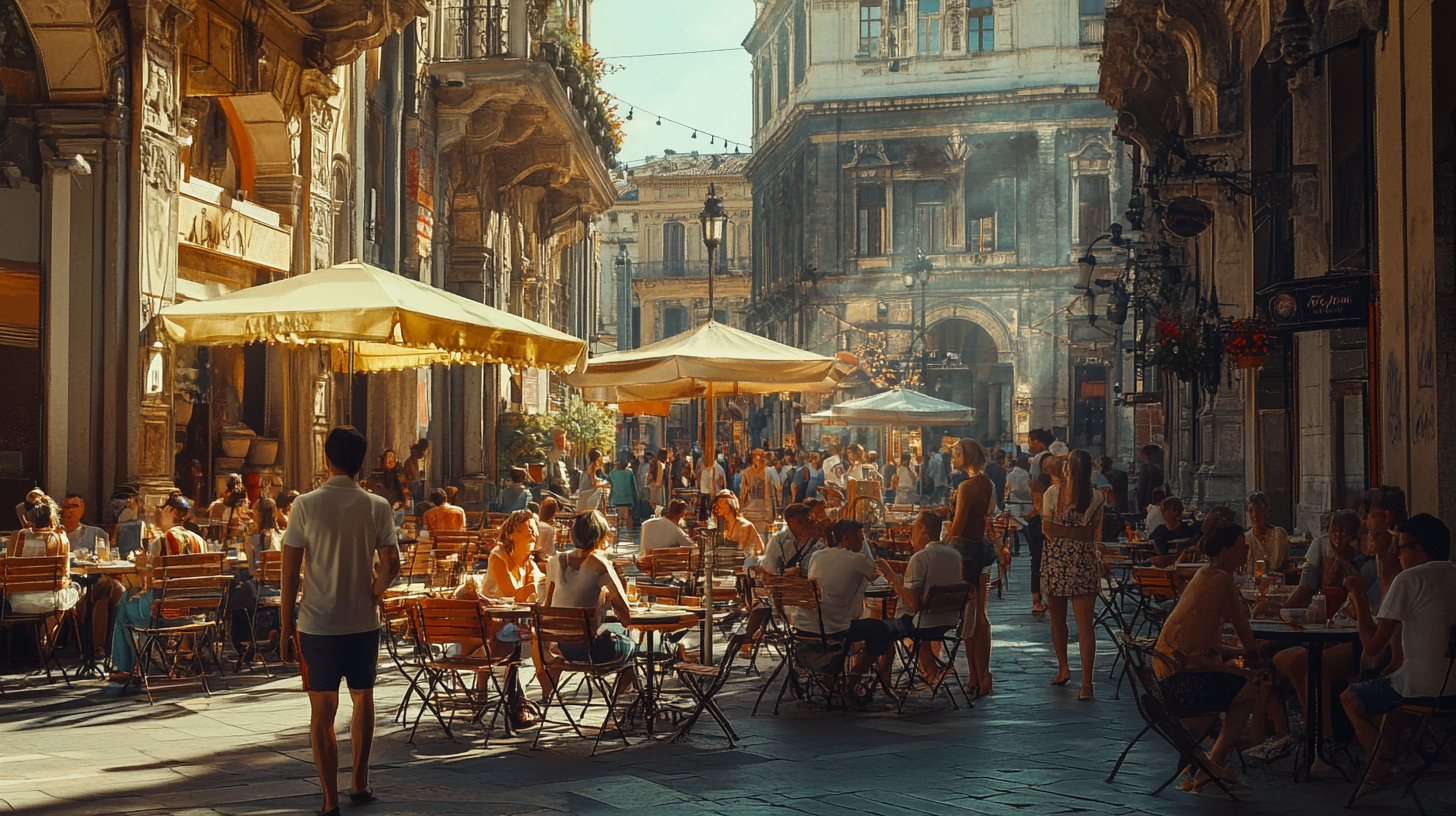
The summer months usher in sweltering heat and a surge in visitor numbers, transforming Italy’s most iconic destinations into bustling hubs. Picture the Colosseum encircled by throngs of tourists or the canals of Venice brimming with gondolas ferrying eager sightseers. Accommodations book up fast, and prices for hotels and flights can skyrocket due to the high demand. The coastal areas and islands, such as the Amalfi Coast and Sicily, become particularly crowded as both international tourists and Italians themselves seek respite by the sea. Moreover, the intense summer heat, often exceeding 35°C (95°F), can make daytime exploration exhausting. For budget-conscious travelers aiming for a more relaxed and affordable experience, the peak season presents significant challenges. However, if summer is the only time you can travel, consider exploring less frequented destinations or strategies for visiting Italy during peak season on a budget to mitigate costs.
Off-Season: Winter Months (November to February)
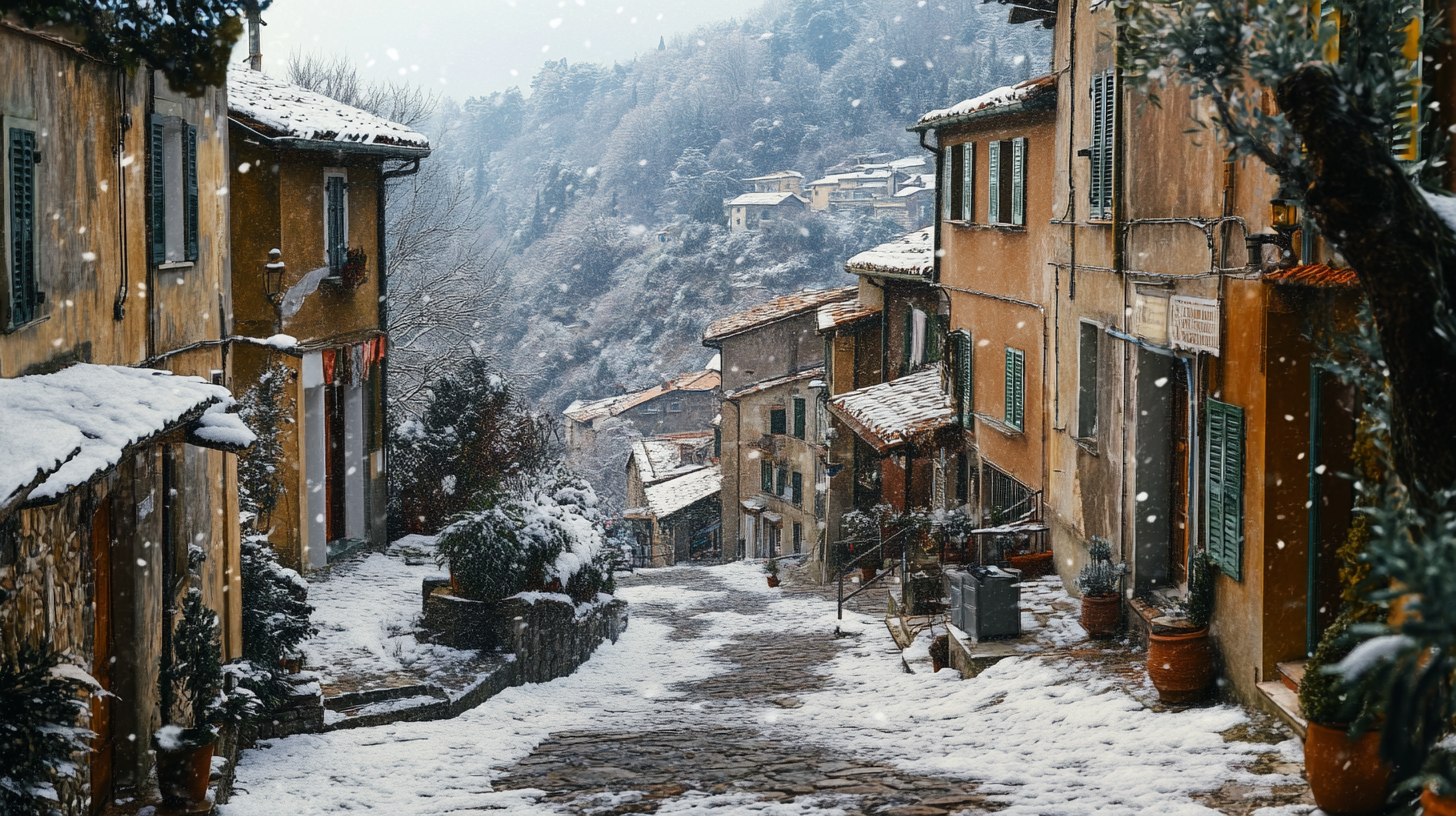
From the hushed canals of Venice shrouded in mist to the snow-capped peaks of the Italian Alps, winter casts Italy in a tranquil, almost magical light. The off-season, stretching from November to February (excluding the festive weeks around Christmas and New Year), sees a significant drop in tourist numbers. This decline translates into substantial savings on flights and accommodations, with prices often slashed to entice visitors. While the weather is cooler, with northern regions experiencing cold and sometimes snowy conditions, the south offers pleasantly mild temperatures ideal for exploring historical sites without the heat. Imagine having the Sistine Chapel nearly to yourself or strolling through the ancient streets of Pompeii without the usual crowds. For winter sports enthusiasts, this season provides perfect conditions for skiing and snowboarding in renowned resorts like Cortina d’Ampezzo. Additionally, cultural events such as opera seasons in major cities commence during these months, offering enriching experiences. Traveling in winter requires packing warmer clothing and possibly embracing indoor activities during inclement weather, but the trade-off can be a more authentic and intimate Italian adventure.
Shoulder Seasons: Spring and Fall
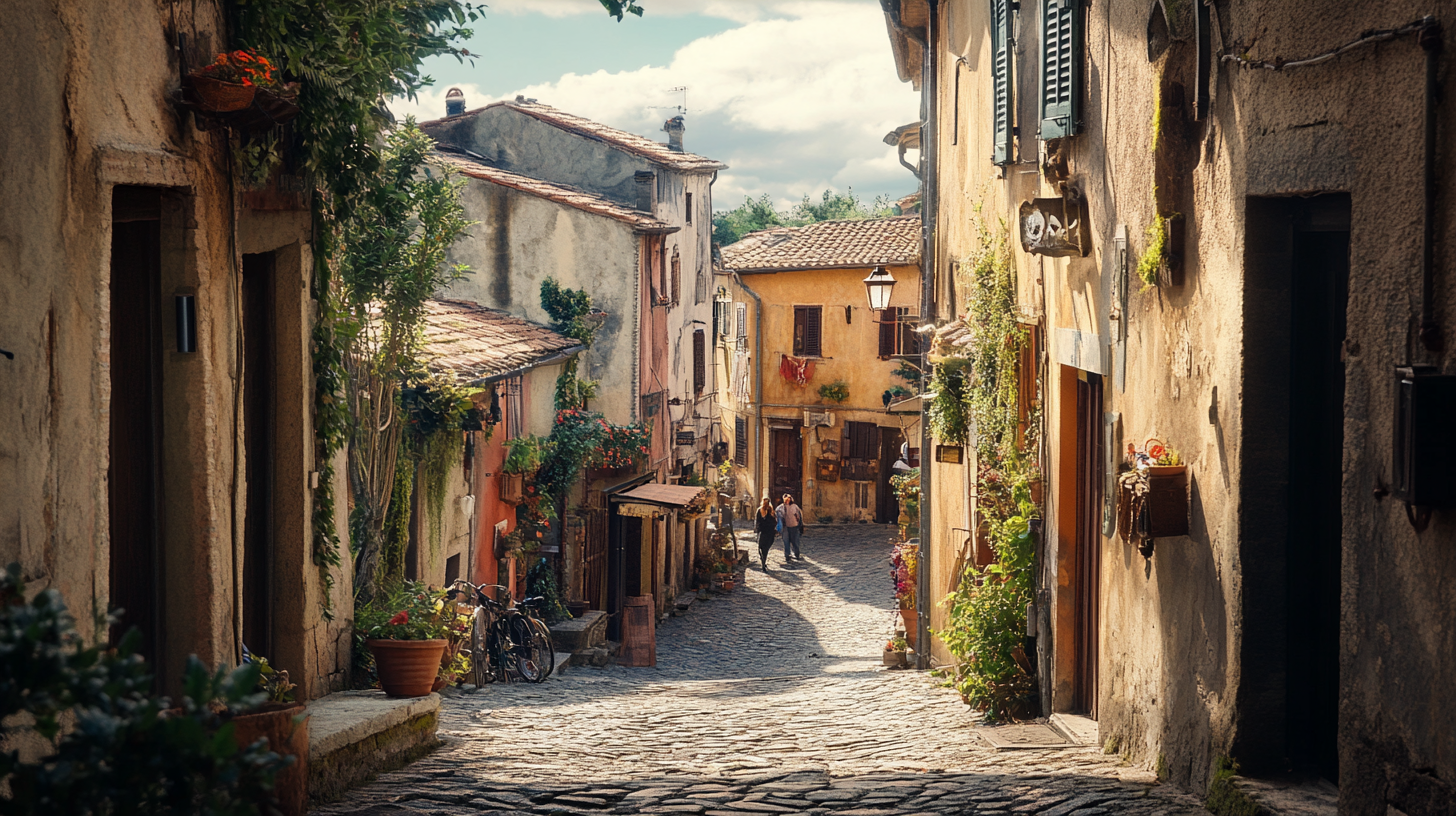
The shoulder seasons of spring and fall are often hailed as Italy’s best-kept secrets. During these transitional periods, the country awakens from winter’s slumber or gently eases from summer’s fervor, offering visitors a harmonious blend of pleasant weather, cultural events, and more accessible attractions. In spring, the landscapes burst into bloom, with wildflowers adorning the countryside and city gardens coming to life. It’s the perfect time to explore outdoor landmarks like the rolling hills of Tuscany or the ruins of ancient Rome under comfortable temperatures. Fall, on the other hand, brings a golden hue to vineyards and forests, making it an ideal backdrop for photography enthusiasts and wine lovers alike. Harvest season festivities, such as grape or olive picking, allow travelers to immerse themselves in local traditions. Prices for accommodations and flights are more affordable compared to peak months, and the reduction in tourist numbers means shorter lines at museums and more interactions with locals. The shoulder seasons truly offer the best of both worlds, balancing cost and experience seamlessly.
Traveling on a Budget: Off-Season Opportunities

For travelers with a keen eye on their wallets, the off-season is a treasure trove of opportunities. Not only are flights and accommodations significantly cheaper, but the overall pace of travel becomes more relaxed and authentic. Without the crowds, you can wander through art galleries at your leisure, secure reservations at popular restaurants without long waits, and even find better seating at performances or events. The locals, less inundated with tourists, may be more open and engaging, providing a richer cultural exchange. In this section, we’ll delve into specific strategies and considerations for maximizing your budget during the off-season, ensuring that you don’t miss out on any quintessential Italian experiences.
Cheapest Flights in January and February
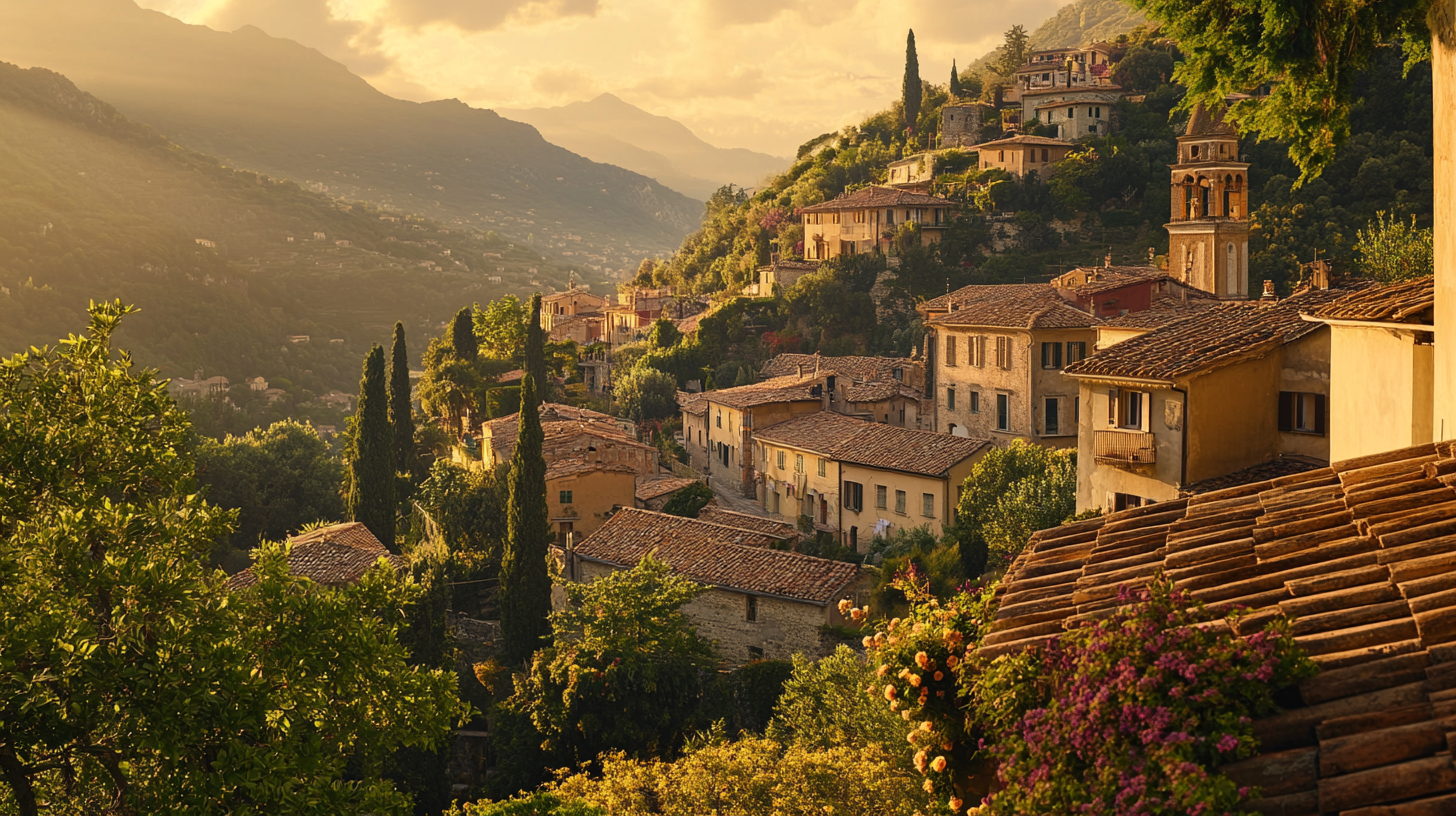
As the new year unfolds and the holiday season winds down, January and February emerge as prime months for budget travelers seeking the lowest airfares. Airlines, facing reduced demand, slash prices to fill seats, providing attentive consumers with exceptional deals. For instance, monitoring fare comparison websites and setting up price alerts can lead to substantial savings on flights. Flying into major hubs like Milan or Rome often presents the most competitive prices due to the higher volume of flights and carriers serving these airports. Once in Italy, the country’s efficient train network makes it easy to reach other destinations. Take advantage of strategies for finding cheap flights to Italy , such as booking well in advance or remaining flexible with travel dates, to further reduce costs. Additionally, consider alternative airlines or routes with layovers in European cities, which can sometimes be cheaper than direct flights.
Affordable Travel Periods
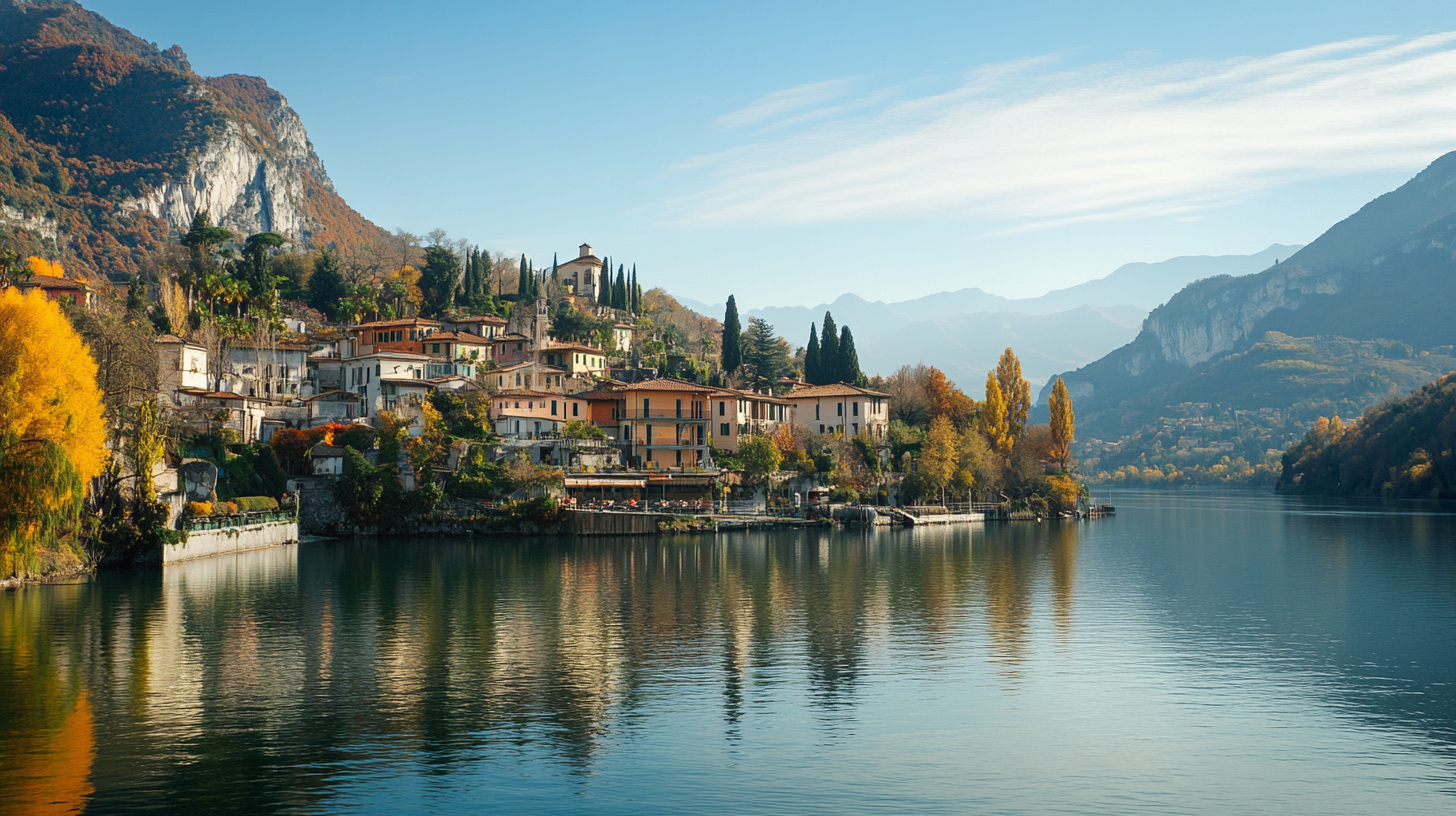
Strategic timing is key to maximizing your travel budget. The periods between November 1st and December 14th, and from December 24th to March 31st, are often overlooked by many travelers but offer hidden advantages. During these windows, Italy experiences its lowest tourist influx, prompting airlines and hotels to lower prices to attract visitors. For example, November is an especially opportune month, with flight and accommodation costs dropping significantly. Beyond the savings, traveling during these periods allows you to experience Italy’s cities and countryside unhurriedly. Envision wandering through Florence’s Uffizi Gallery with minimal crowds or enjoying a quiet afternoon in a countryside villa at a fraction of the usual cost. The cooler weather lends itself to leisurely meals in cozy trattorias, savoring hearty Italian dishes that warm both body and soul. To optimize your savings, consider combining these travel periods with mid-week flight departures, which often carry lower fares than weekend flights. Employing budget-friendly itineraries for Italy in winter can help in planning an enriching journey that doesn’t compromise on experiences.
Weather Considerations for Budget Travel
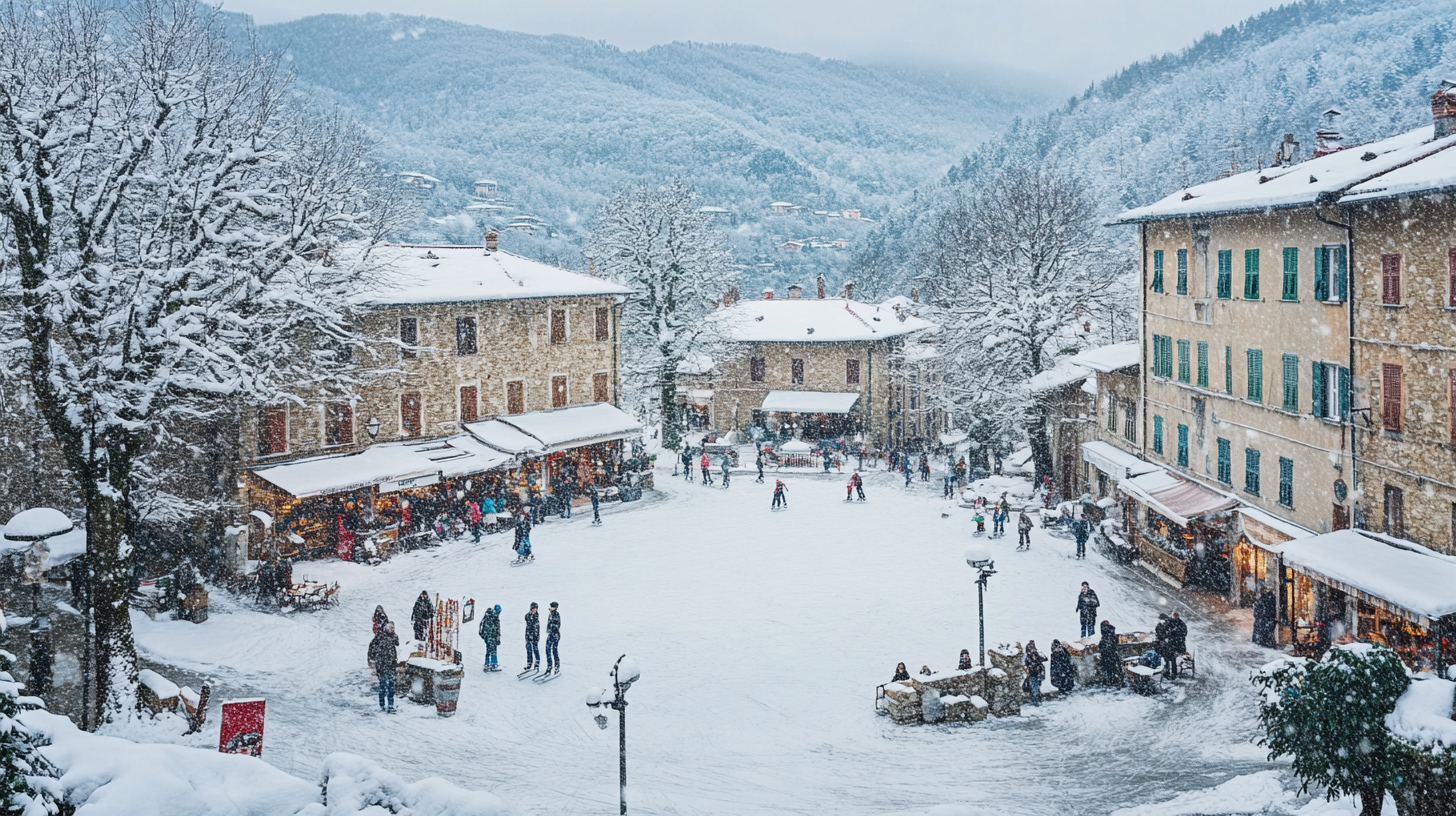
Balancing budget considerations with climatic realities is crucial for a successful trip. The off-season’s weather varies across Italy’s diverse landscapes, and being equipped with the right clothing and expectations can make all the difference. Understanding regional variations and typical conditions during your travel dates helps in planning activities and packing appropriately. This section provides insights into what to anticipate weather-wise and how to make the most of your trip regardless of the forecast.
Winter Weather and Activities
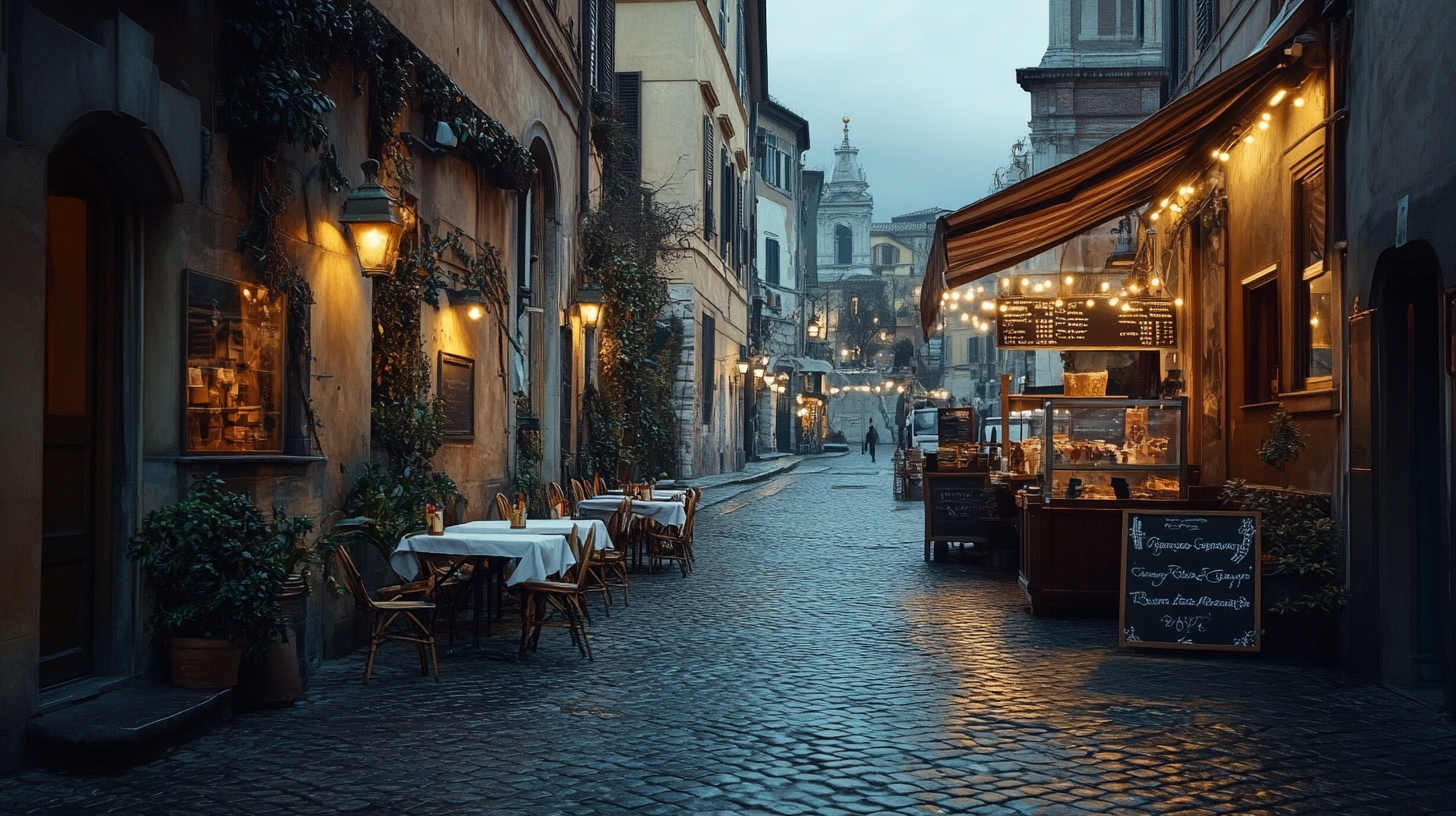
The winter months reveal a different facet of Italy’s multifaceted allure. In the north, the majestic Alps and Dolomites become a haven for winter sports lovers. Picture yourself gliding down snow-blanketed slopes in resorts like Cortina d’Ampezzo or cozying up by a fire in a mountain lodge. These areas offer not just skiing and snowboarding but also snowshoeing and après-ski culture that immerses you in alpine traditions. Central Italy, including regions like Tuscany and Umbria, experiences cooler temperatures with occasional rain, providing an atmospheric backdrop for visiting vineyards, indulging in regional cuisine, or exploring medieval towns shrouded in mist. Meanwhile, the south enjoys relatively mild winters, with cities like Naples, Palermo, and Bari offering comfortable weather for sightseeing. Here, you can delve into the rich history of ancient ruins, stroll along seaside promenades, or partake in local festivals. Embracing Italy’s winter offerings allows for unique experiences that differ from the typical summer itineraries, often at reduced costs and with a more intimate connection to the locales.
February and November: Low Prices, Cooler Weather
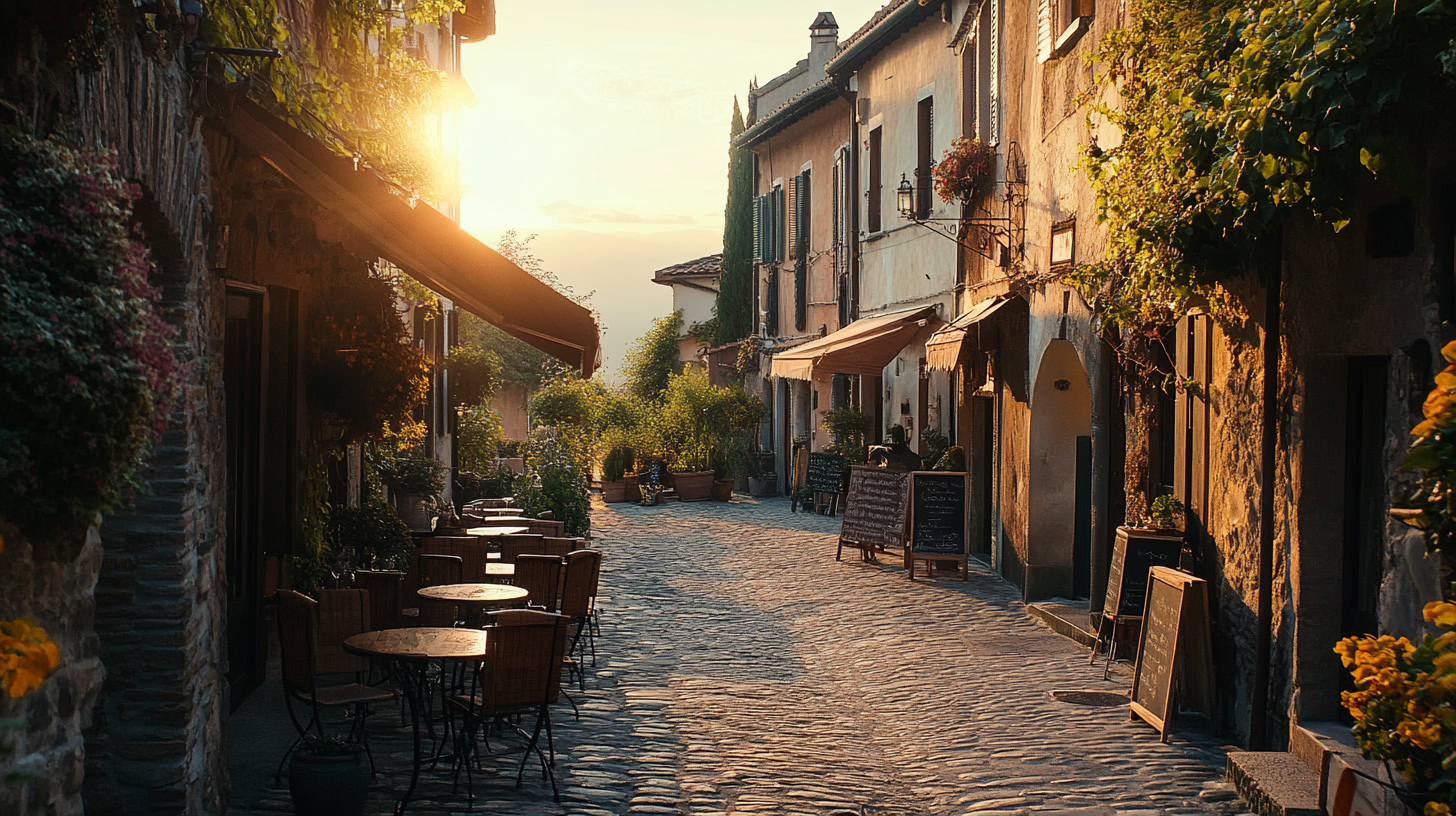
February and November stand out as months when the balance tips heavily in favor of the budget traveler. Airfare and hotel rates drop to some of their lowest points, making Italy more accessible than ever. However, with the financial benefits come cooler temperatures and higher chances of rain, particularly in November. To ensure a rewarding trip during these months, it’s wise to pack layered clothing, waterproof gear, and comfortable footwear suitable for traversing slick cobblestones. Planning indoor activities can also enhance your experience; consider spending afternoons in world-class museums like the Vatican Museums or the Galleria dell’Accademia, home to Michelangelo’s David. Indulging in Italy’s rich culinary scene is another way to embrace the season—think cooking classes that teach you to make pasta from scratch or wine tastings in historic cellars. Utilizing weather-specific travel tips for Italy in off-peak months can help you prepare thoroughly, transforming potential weather challenges into opportunities for deeper cultural engagement.
Shoulder Seasons: Balance of Budget and Experience
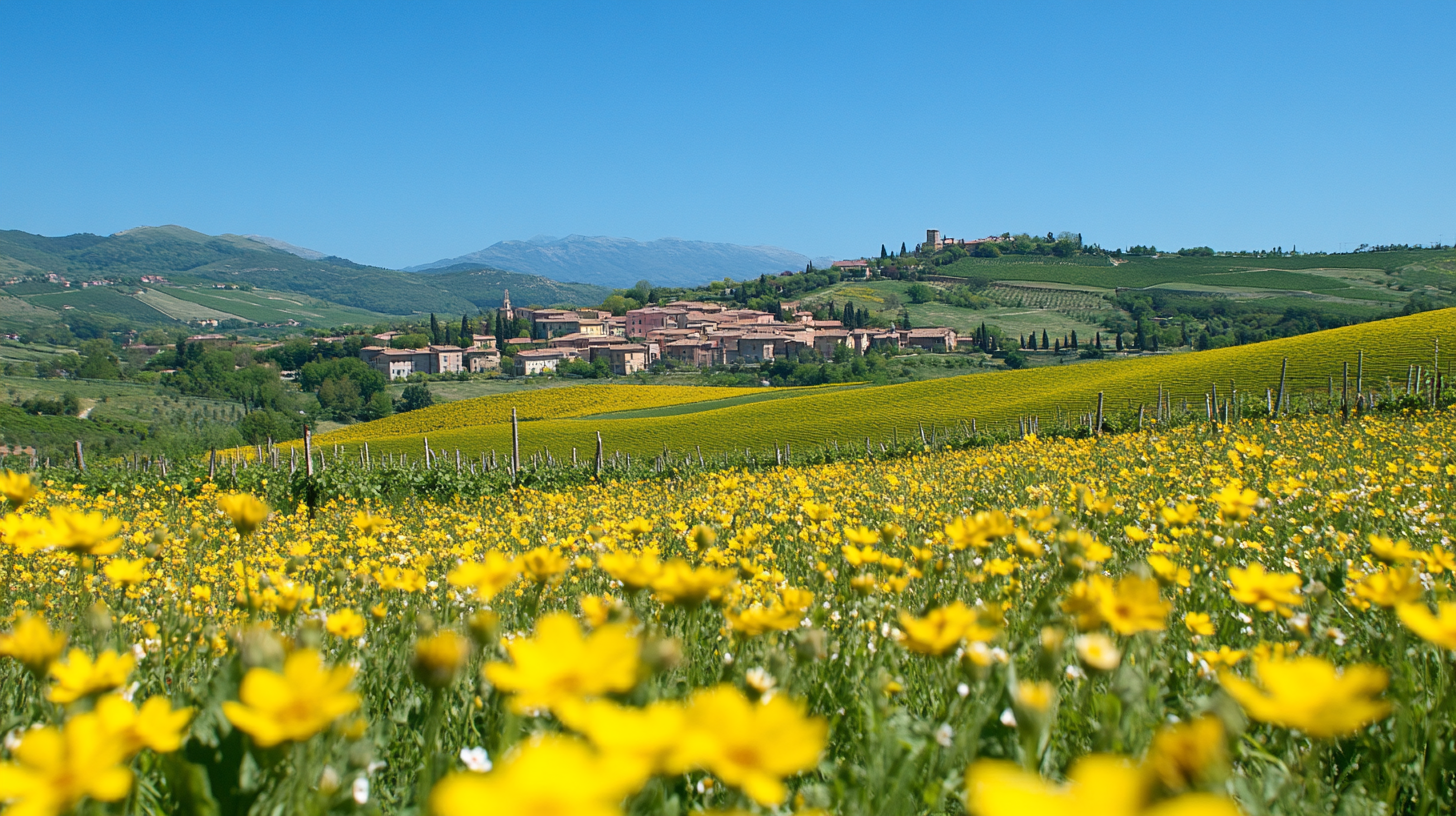
For many travelers, the shoulder seasons represent the sweet spot where affordability meets desirability. The milder climate allows for comfortable exploration, whether you’re hiking the trails of Cinque Terre, wandering through the olive groves of Puglia, or enjoying outdoor cafés in bustling city squares. The diminished crowds mean you can access popular attractions with shorter wait times and perhaps even discover hidden gems recommended by locals. In this section, we’ll delve deeper into the unique advantages that spring and autumn bring to the table, helping you plan an itinerary that capitalizes on the season’s offerings while staying within budget.
Spring Delights (March to May)
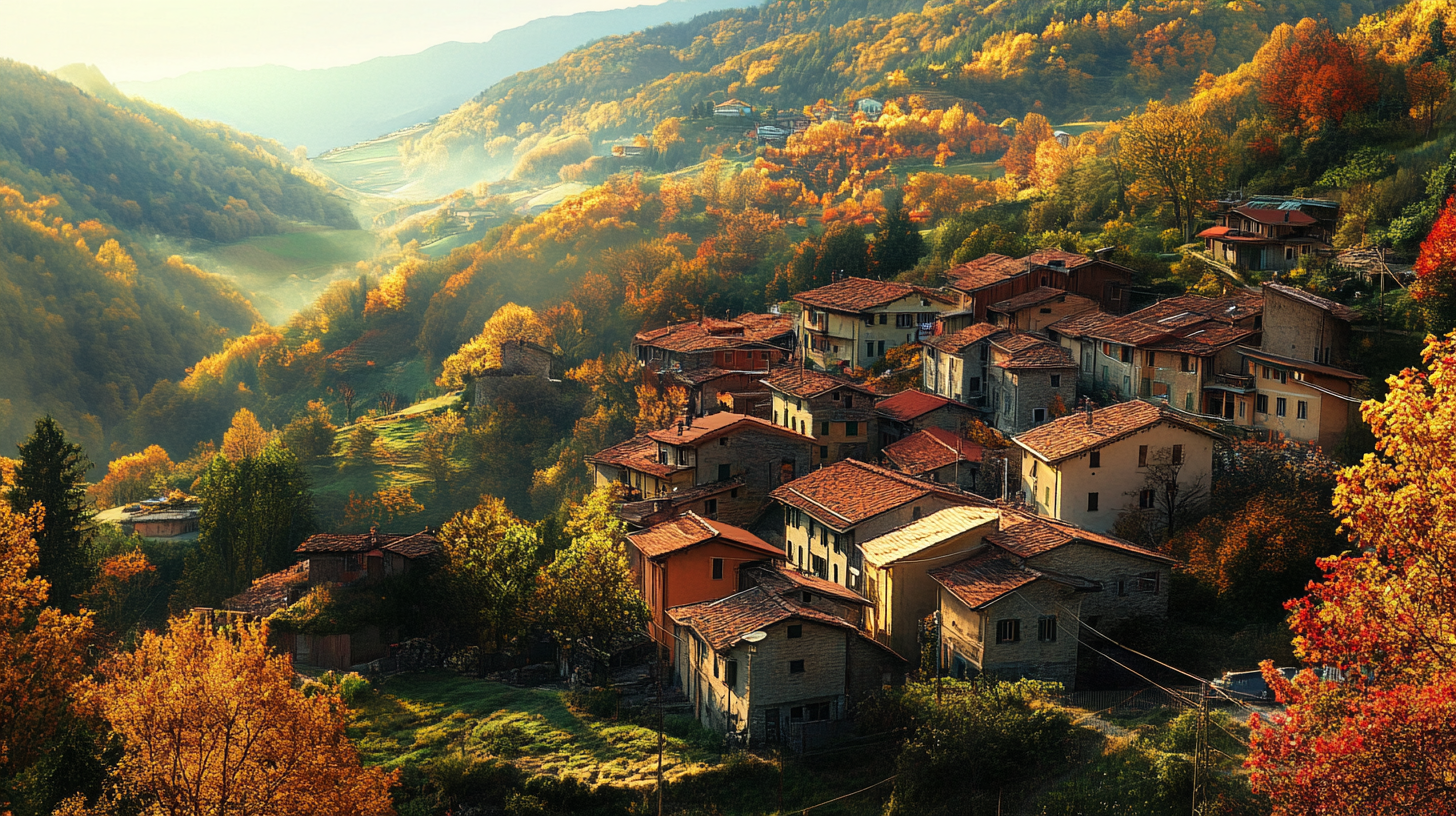
As winter fades, Italy undergoes a vibrant transformation. The countryside bursts into color with wildflowers blanketing fields and hillsides, while urban areas awaken with bustling markets and outdoor events. In March and April, temperatures typically range from mild to warm, making it perfect for outdoor activities without the discomfort of summer heat. You might stroll through Rome’s ancient forums under a clear blue sky or enjoy a gondola ride through Venice’s canals when the water reflects the soft hues of spring. Easter, or “Pasqua,” is a significant holiday in Italy, celebrated with religious processions, special church services, and traditional foods like Colomba cake. While experiencing these cultural events can be enriching, it’s important to plan ahead as some attractions may have altered schedules, and accommodations may fill up quickly during the holiday week. May brings even warmer weather and a continuation of spring festivals, such as the “Festa della Sensa” in Venice, celebrating the city’s historic relationship with the sea. By integrating seasonal activities and events in Italy during spring into your itinerary, you can immerse yourself in local customs and enhance your travel experience.
Autumn Attractions (September to November)
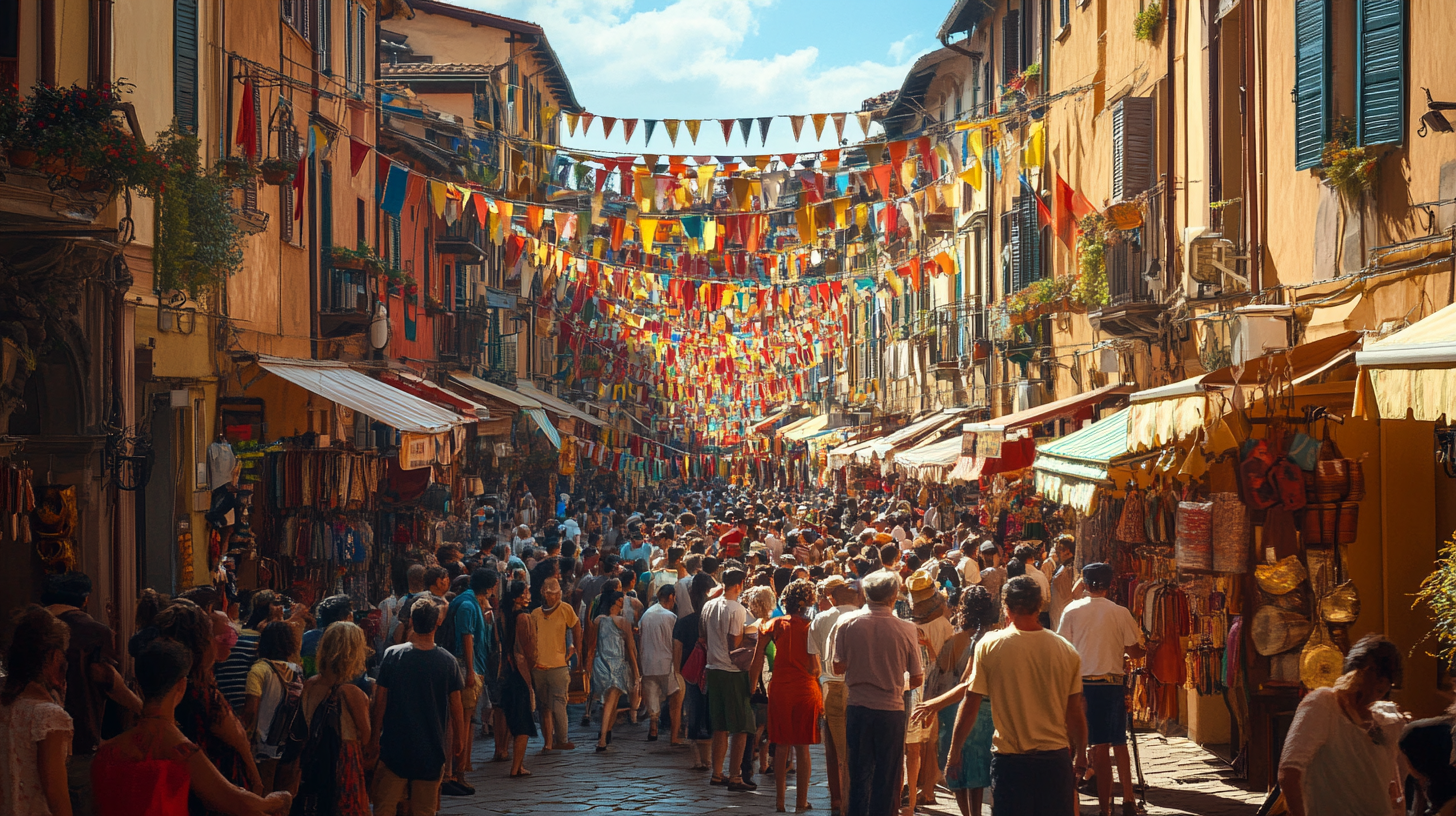
As summer’s intensity wanes, autumn ushers in a period of warmth and tranquility across Italy. September often retains the summer’s warmth, especially in southern regions, but without the throngs of tourists. It’s an excellent time for coastal visits, where beaches are less crowded, and sea temperatures remain conducive to swimming. October introduces cooler temperatures, providing idyllic conditions for urban exploration and hiking excursions. The countryside, especially in regions like Tuscany, Piedmont, and Veneto, becomes a tapestry of golden and russet hues as vineyards and forests transition into autumn. This period marks the grape harvest, or “vendemmia,” a time of celebration in wine-producing areas. Visitors can participate in harvest festivals, vineyard tours, and wine tastings that showcase Italy’s viticulture heritage. Truffle hunting in areas like Alba or sampling seasonal delicacies at local food fairs can add unique experiences to your itinerary. Planning your trip around Italy’s autumn harvest festivals and culinary events allows you to savor the country’s gastronomic delights while enjoying the scenic beauty that defines this season.
Events and Festivals Affecting Prices
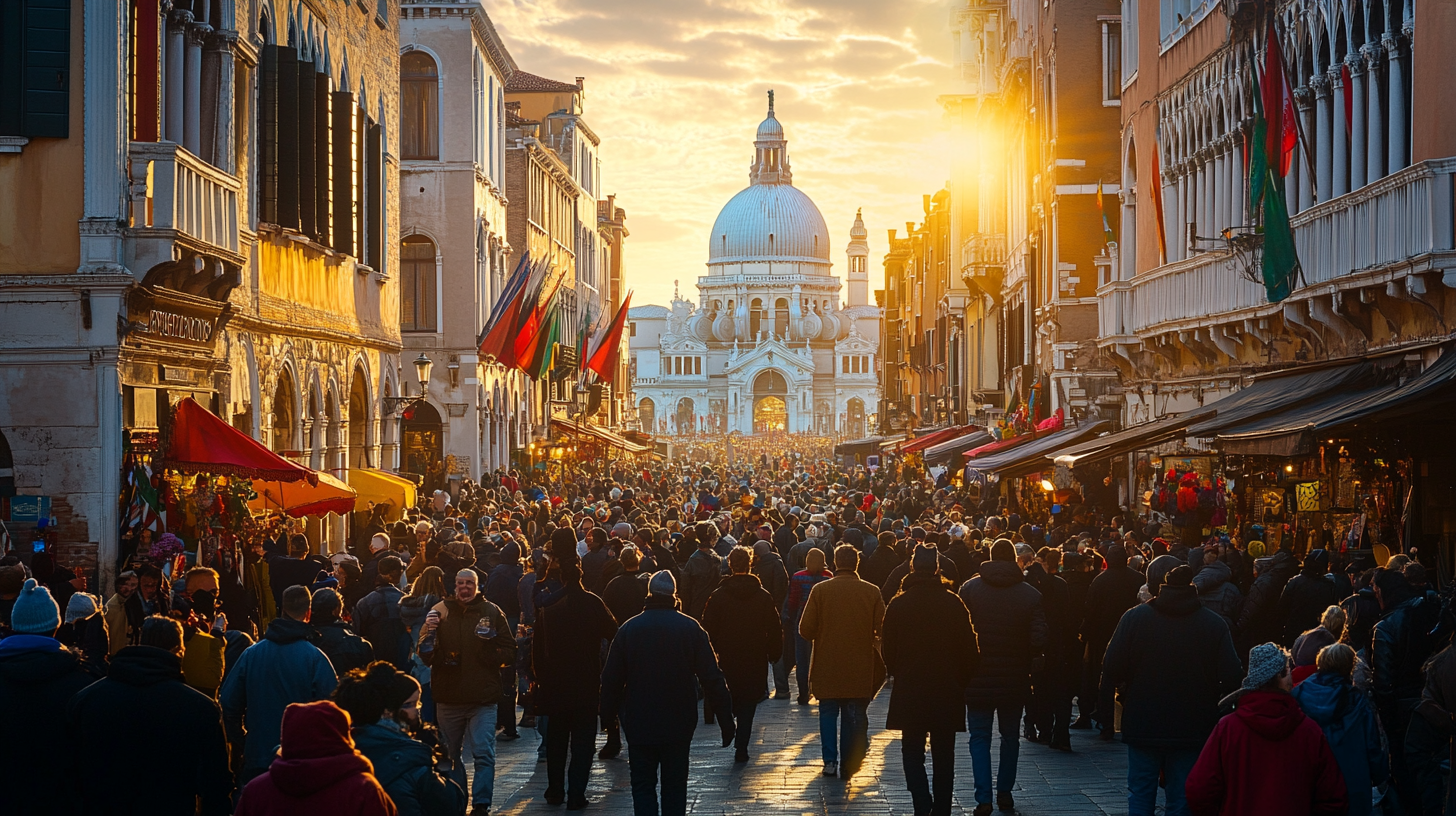
Italy’s extensive array of festivals and events is both a boon and a challenge for travelers. While these cultural celebrations provide unique opportunities for immersion and enjoyment, they can also lead to increased prices for accommodations and transportation due to higher demand. Being aware of these events allows you to either strategically include them in your plans or avoid them to maintain a tight budget. This section highlights some key festivals that significantly impact travel logistics, helping you make informed decisions when scheduling your trip.
Carnevale in February
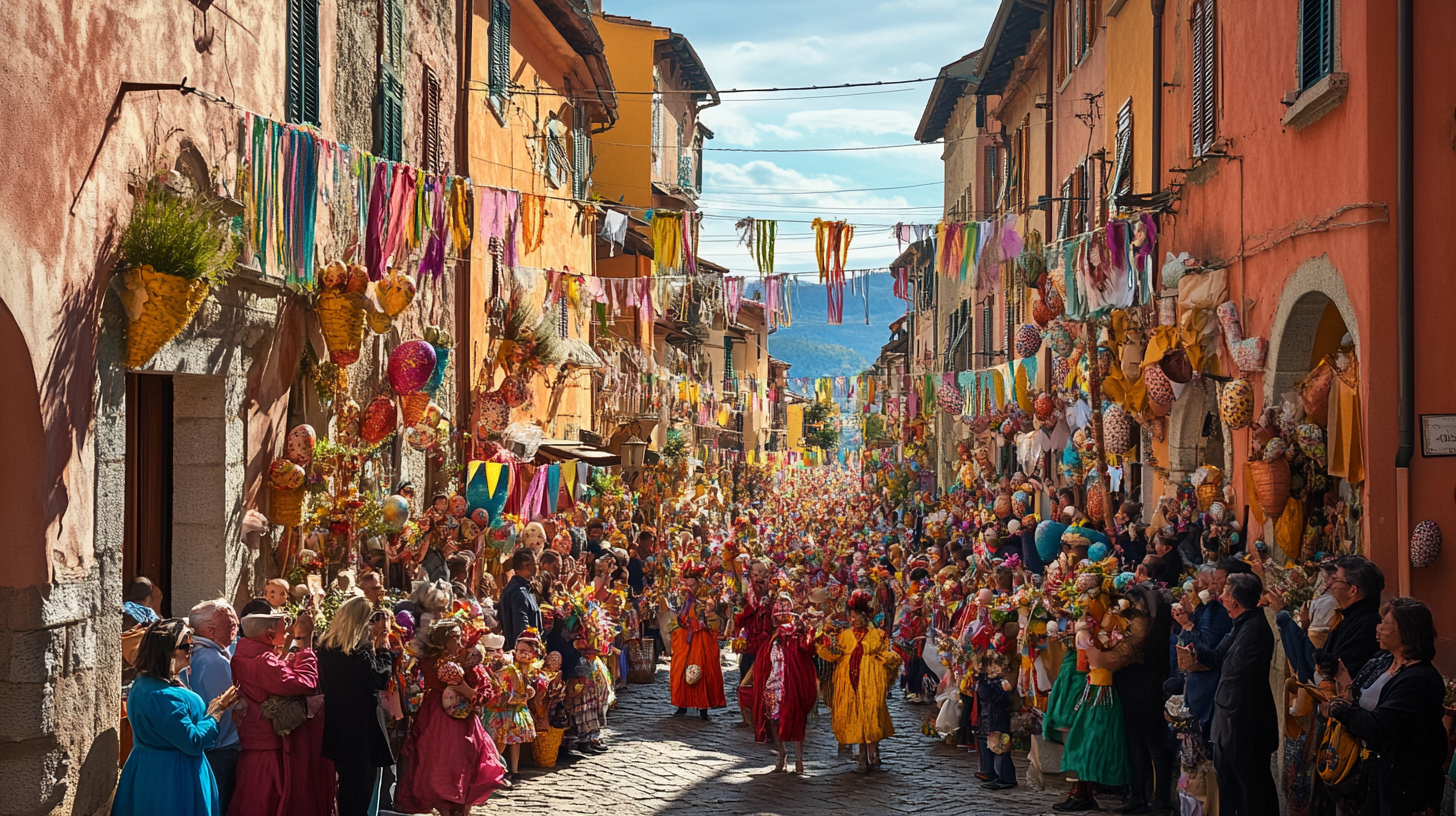
Carnevale is an exuberant pre-Lenten festival marked by elaborate masquerade balls, parades, and street performances. Venice’s Carnevale is the most renowned, drawing visitors from around the globe who come to witness the opulent costumes and enchanting atmosphere. The city transforms into a living theater, with events ranging from free street entertainment to exclusive galas in historic palaces. However, this popularity means that accommodation prices in Venice and other Carnevale hotspots rise sharply during the festivities, and availability becomes limited. If experiencing Carnevale is on your bucket list, it’s advisable to book accommodations well in advance and consider nearby towns as more affordable bases. Alternatively, for those focused on budget travel, it may be prudent to schedule your visit before or after the festival to avoid the peak pricing. Exploring tips for attending Carnevale on a budget can help you navigate the festival without overspending, should you choose to partake in the revelry.
Easter Festivities in April
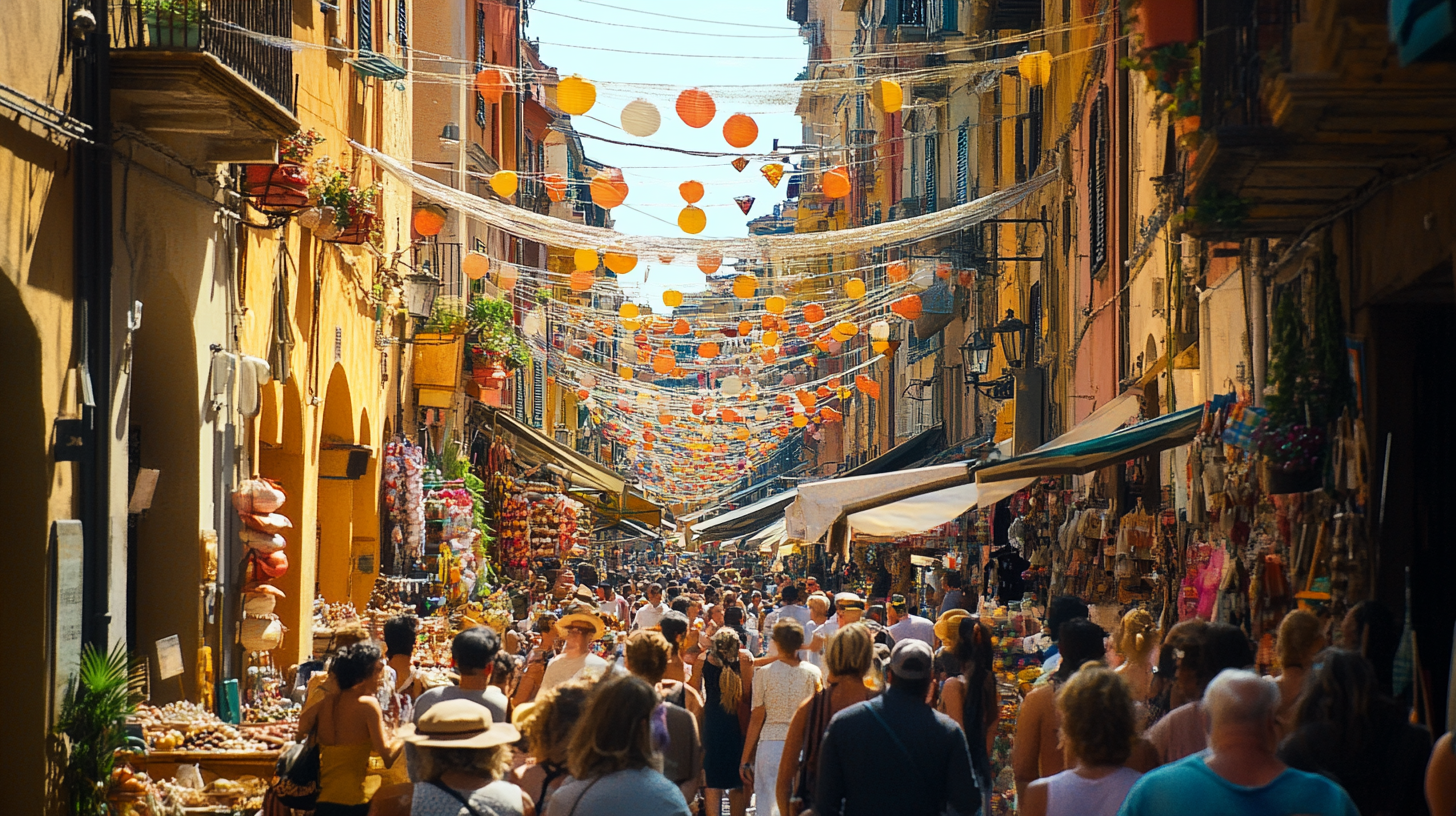
Holy Week leading up to Easter Sunday, known as “Settimana Santa,” is deeply revered throughout Italy. Cities like Rome, Florence, and Assisi host solemn processions and masses, attracting pilgrims and tourists alike. In Rome, the Pope conducts special services, including the Way of the Cross at the Colosseum on Good Friday, culminating in the Easter Sunday Mass at St. Peter’s Square. While these events offer profound cultural and spiritual insights, they also drive up visitor numbers and associated costs. Accommodations may be scarce and more expensive during this period, and public transportation can be crowded. Additionally, national holidays on Easter Sunday and Easter Monday (“Pasquetta”) may result in closures of shops, museums, and restaurants. Planning ahead by securing reservations and checking schedules is essential. Alternatively, exploring smaller towns during Easter can provide a more intimate experience of Italian traditions without the overwhelming crowds. Utilizing guides to Easter celebrations across Italy can assist in crafting an itinerary that aligns with your interests and budget.
Ferragosto in August
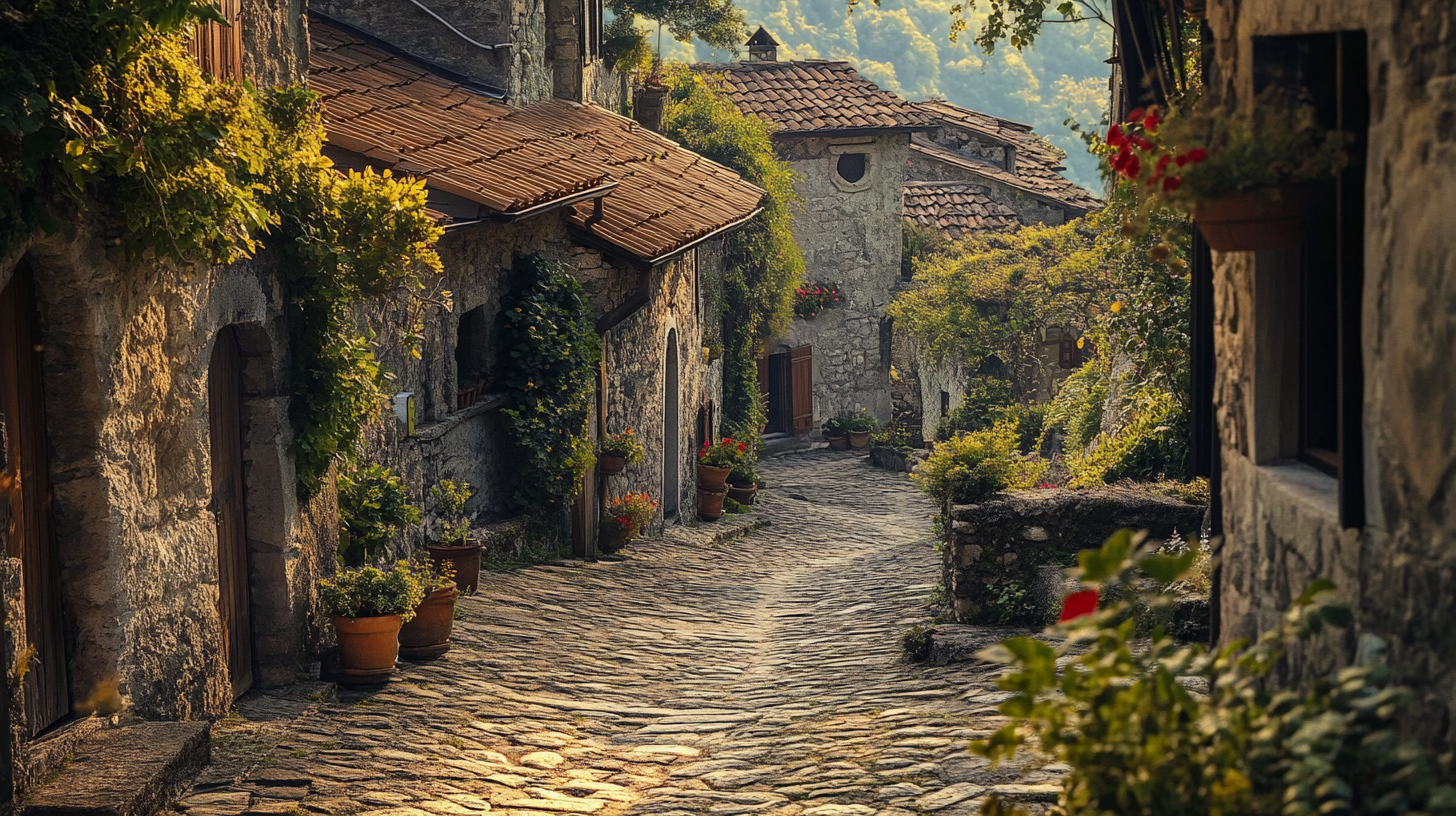
Ferragosto, rooted in ancient Roman celebrations and Catholic traditions honoring the Assumption of Mary, is a pivotal time in Italy’s summer calendar. This mid-August holiday prompts a nationwide exodus as Italians head to the beaches, mountains, or countryside to escape the heat and enjoy leisure time with family and friends. For travelers, this means that major cities may see a reduction in local activity, with some restaurants, shops, and family-run hotels temporarily closing. Conversely, tourist hotspots, particularly coastal areas like the Amalfi Coast, Sardinia, and seaside resorts, become exceptionally crowded, and accommodations there become more expensive and harder to find. Transportation services, including trains and ferries, can also be busier during this time. If you plan to travel around Ferragosto, it’s crucial to book accommodations and transportation in advance and prepare for increased prices. Alternatively, visiting less popular destinations or embracing the festive atmosphere by joining local events, such as outdoor concerts, fireworks, and community feasts, can add a memorable dimension to your trip. Considering travel tips for Italy during Ferragosto can help you navigate this unique period effectively.
Off-the-Beaten-Path Destinations
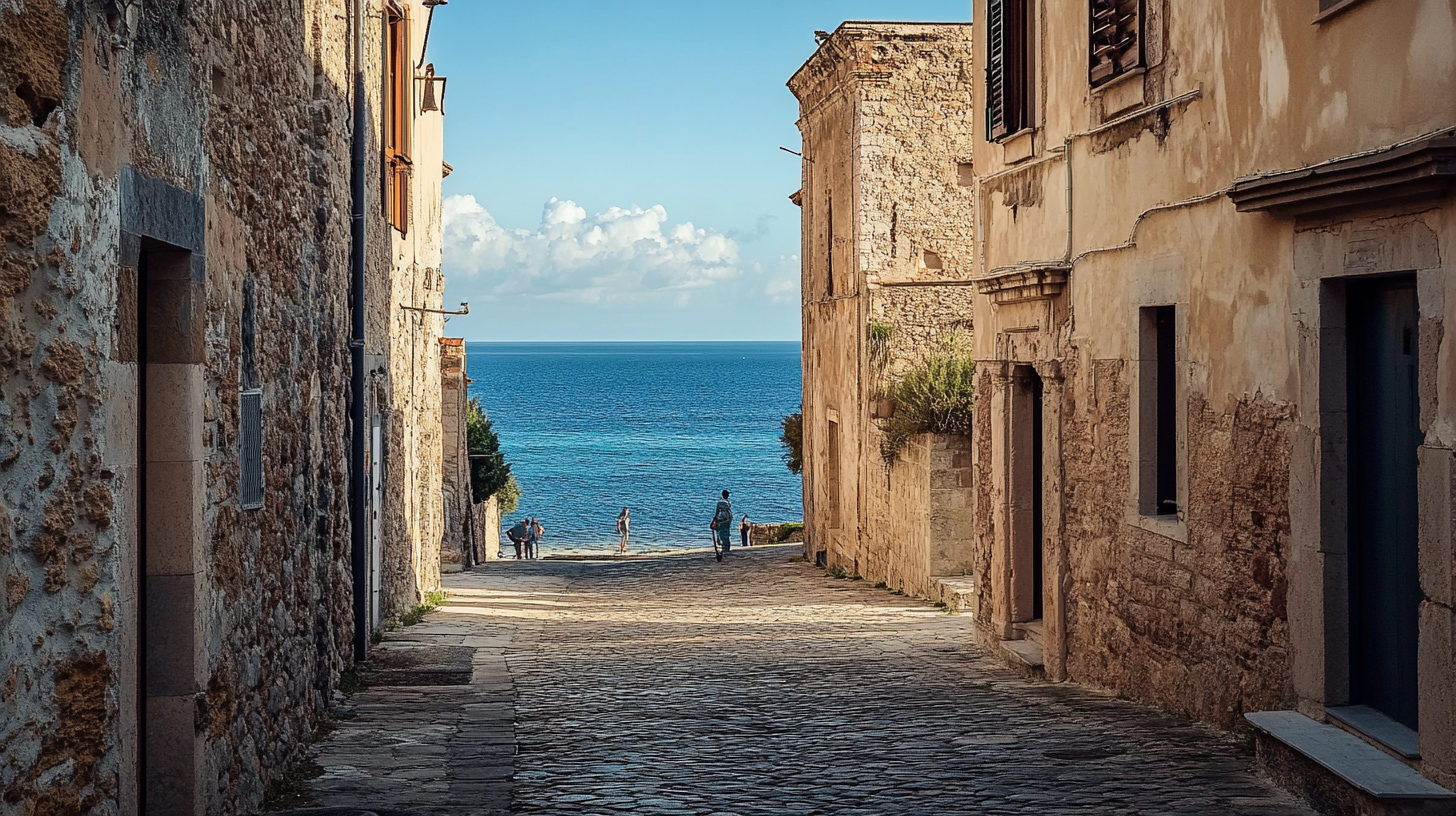
Veering away from Italy’s most frequented tourist circuits not only reduces expenses but also opens doors to authentic experiences and connections with local culture. Smaller towns and rural areas often boast rich histories, culinary delights, and stunning landscapes, all without the crowds and inflated prices of major cities. From medieval hilltop villages to unspoiled coastal gems, these destinations allow you to immerse yourself in the genuine rhythm of Italian life. In this section, we’ll highlight some of these hidden treasures and how they contribute to a fulfilling and economical journey.
Tranquil Coastal Villages
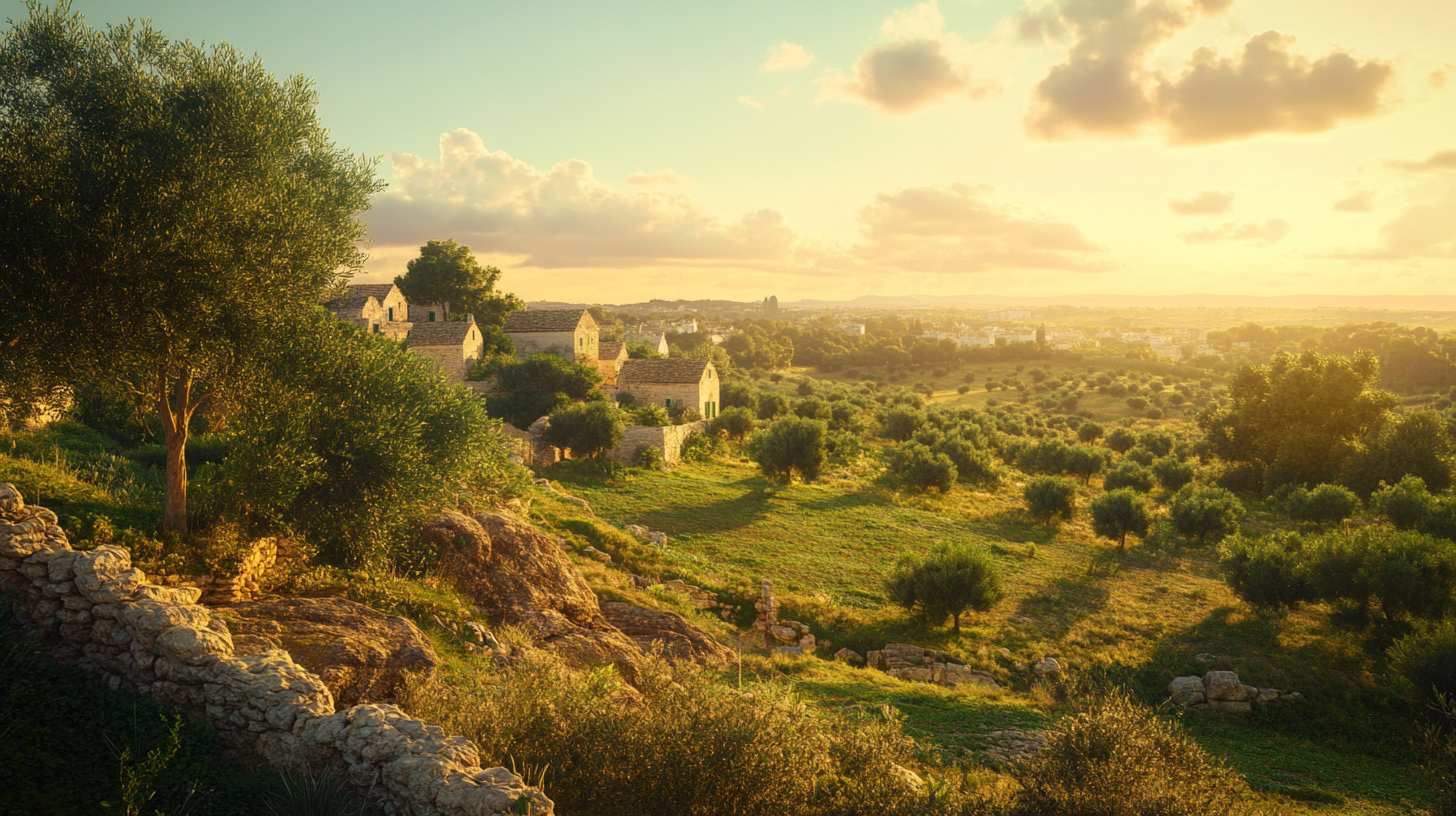
Italy’s extensive coastline is dotted with idyllic villages that capture the essence of Mediterranean charm without the hustle of well-known resorts. Places like Sperlonga in Lazio, Maratea in Basilicata, or the towns along the Cilento Coast offer pristine beaches, clear waters, and a more relaxed pace. In late spring, these villages awaken from their quiet winters, welcoming visitors with open-air markets, fresh seafood, and local festivals celebrating everything from patron saints to regional specialties. Accommodations in these areas tend to be more affordable, especially family-run bed and breakfasts or boutique hotels that provide personalized hospitality. Engaging with locals, perhaps over a glass of regional wine in a small trattoria, can lead to memorable experiences and insider tips on hidden spots to explore. Incorporating lesser-known coastal destinations in Italy into your itinerary enhances both the authenticity and affordability of your travels.
Discovering Puglia and Beyond
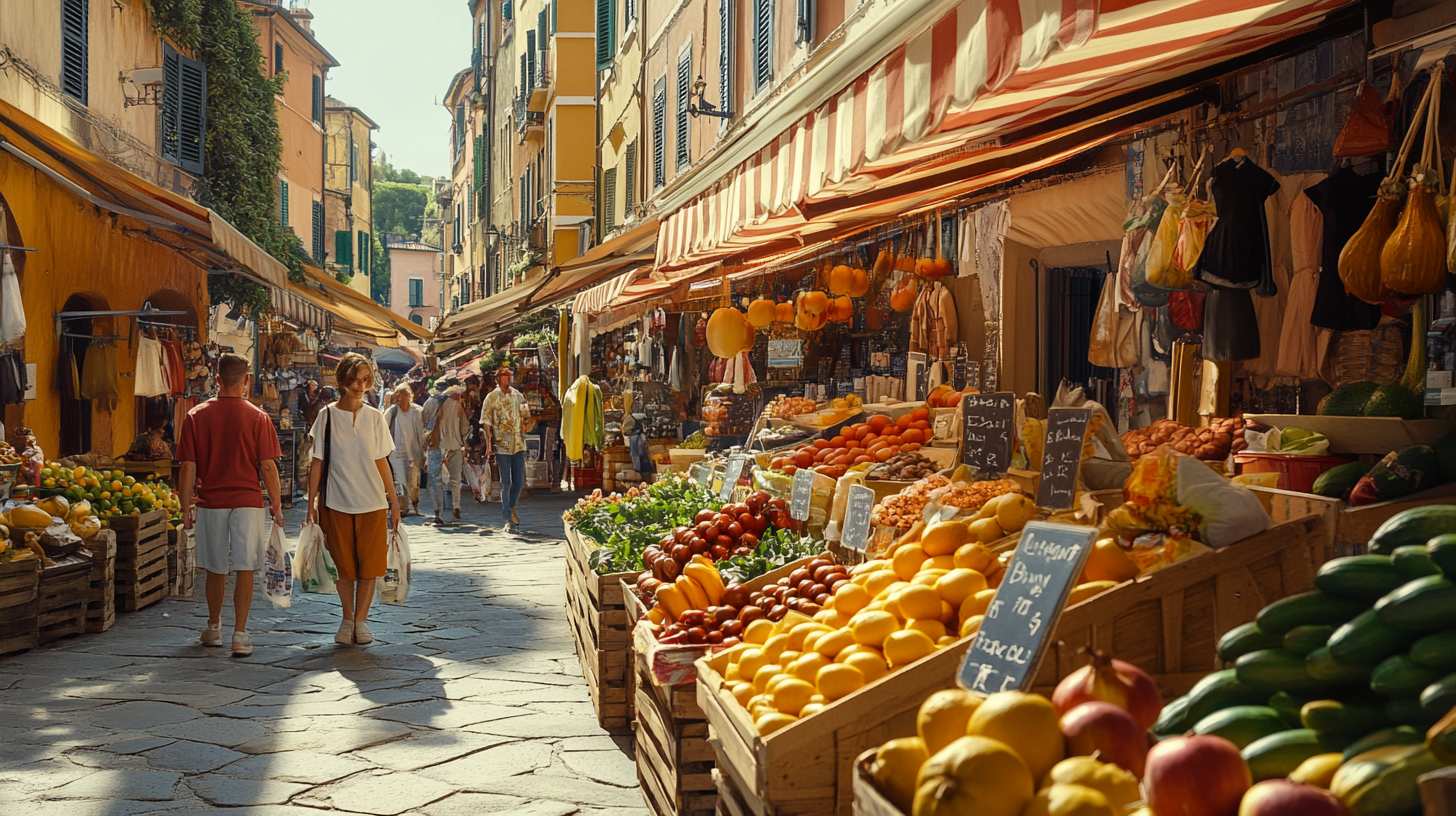
Puglia, the heel of Italy’s boot, is a treasure trove of cultural and natural wonders that remains relatively under the radar. Renowned for its whitewashed hill towns, centuries-old farmland, and hundreds of kilometers of Mediterranean coastline, Puglia offers a diverse array of attractions. The iconic trulli houses of Alberobello, with their conical roofs, present a glimpse into ancient building traditions. Coastal towns like Polignano a Mare and Otranto boast dramatic cliffs and azure waters ideal for swimming and boating. The regional cuisine—featuring orecchiette pasta, olive oil, and fresh seafood—is a gastronomic delight. Similarly, regions like Basilicata, with the cave dwellings of Matera, or Le Marche, with its rolling hills and Renaissance architecture, provide rich experiences away from tourist crowds. By venturing into these areas, you not only benefit from lower prices but also support local economies less impacted by mass tourism. Utilizing guides to exploring Puglia and other hidden gems helps in uncovering the best these regions have to offer while tailoring your trip to suit your interests and budget.
Tips for Saving Money

Maximizing your budget involves a combination of timing, planning, and making savvy choices during your trip. Simple adjustments, such as dining where the locals do, taking advantage of free attractions, or utilizing public transportation, can lead to significant savings without sacrificing enjoyment. This section outlines practical tips and tricks accumulated from seasoned travelers and locals alike, aimed at enhancing your Italian adventure while keeping costs under control.
Flight and Accommodation Hacks
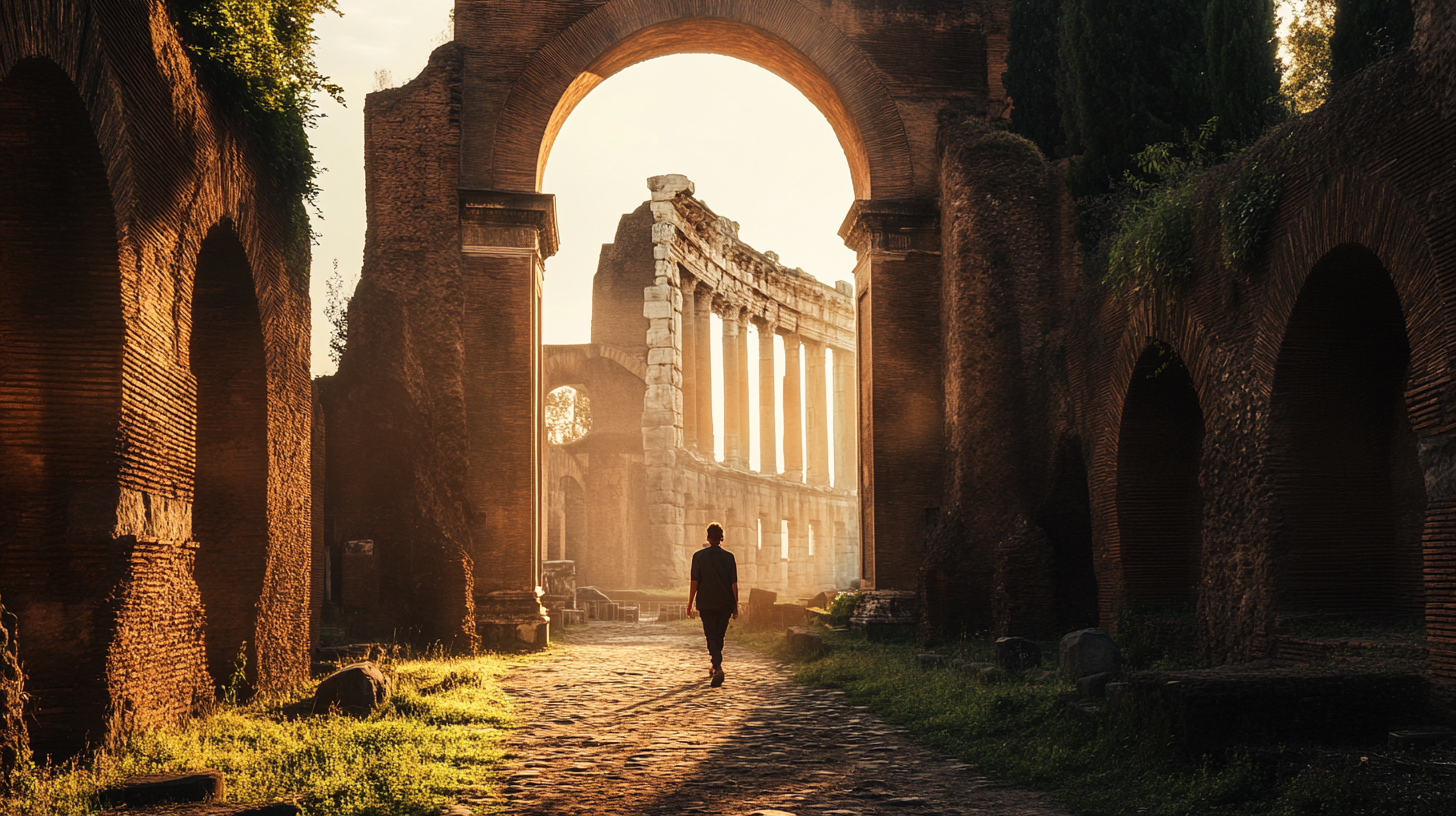
When it comes to flights, flexibility is your greatest ally. Exploring alternative airports can reveal cost-effective options—for example, consider flying into Bergamo (near Milan), Bologna, or Pisa, which are serviced by budget airlines and offer easy connections to other parts of Italy via train or bus. Signing up for airline newsletters and setting fare alerts can help you spot flash sales or discounts. Additionally, flying mid-week or opting for flights with layovers can reduce prices. For accommodations, think beyond traditional hotels. Renting apartments through reputable platforms not only saves money but also provides amenities like kitchens, enabling you to prepare some meals and experience living like a local. Hostels and agriturismos (farm stays) offer budget-friendly lodging with opportunities to meet other travelers or immerse yourself in rural life. During booking, always compare prices across multiple platforms and consider location—staying slightly outside city centers can reduce costs while still keeping attractions accessible via public transport. Employing comprehensive strategies for affordable travel accommodations can assist in finding the best deals suited to your preferences.
Utilizing Visa Waivers and Free Attractions
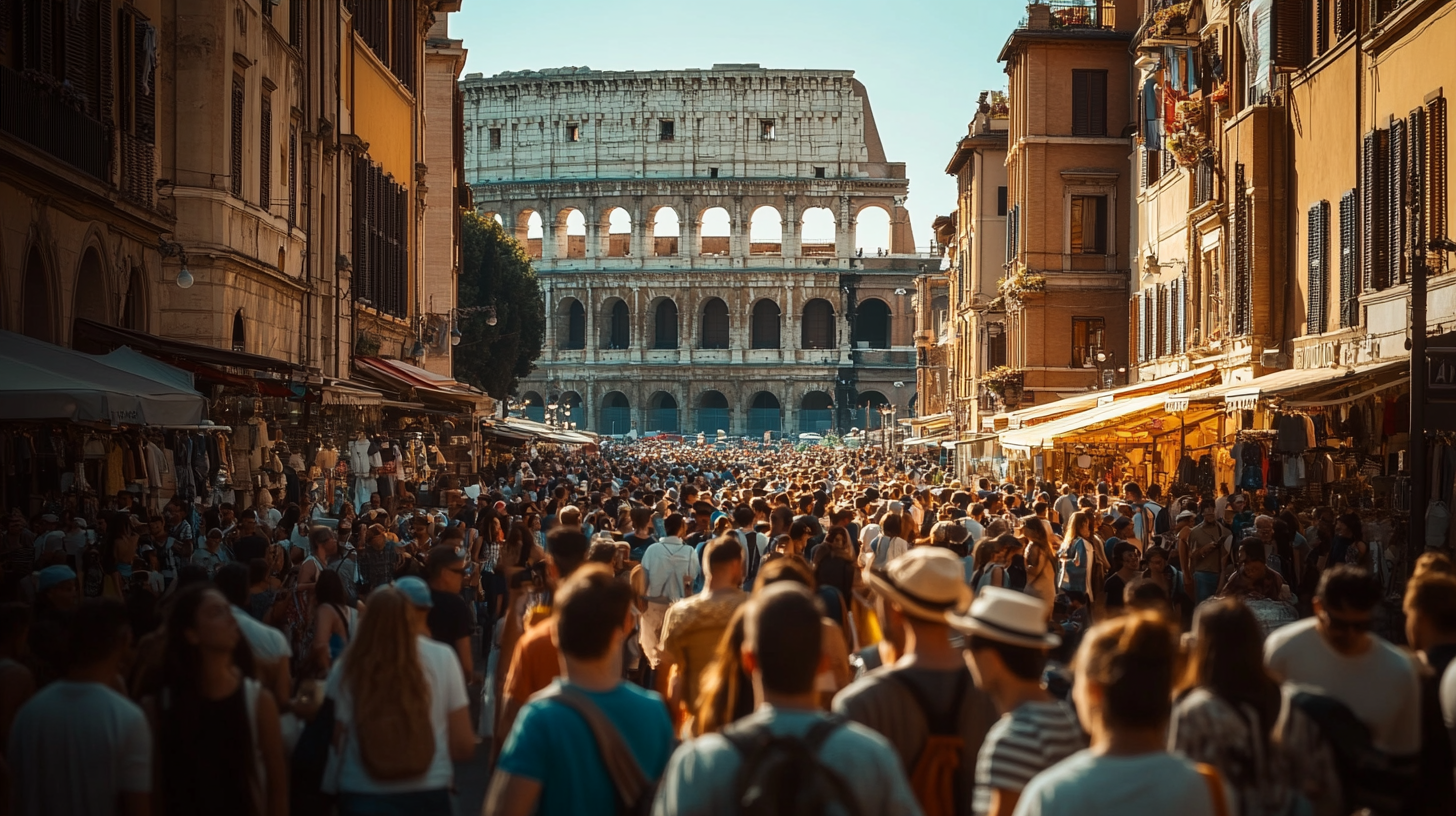
The ETIAS (European Travel Information and Authorization System) visa waiver simplifies travel within the Schengen Zone for eligible nationals, allowing for multiple short-term entries over a three-year period at a minimal cost. Securing this authorization before your trip ensures smooth passage between countries, saving time and reducing potential hassles at border crossings. Once in Italy, you’ll find that many of its greatest treasures are accessible without entry fees. Marvel at architectural wonders like the Pantheon in Rome or the Duomo di Milano from the outside, stroll through historic piazzas, or hike scenic trails like the Path of the Gods along the Amalfi Coast. Cities often host free events, street performances, and open-air markets where you can absorb the local atmosphere. Additionally, several museums offer free admission on specific days of the month, such as the first Sunday, under the “Domenica al Museo” initiative. Planning your itinerary to include these opportunities can significantly lower entertainment expenses. Referencing lists of free or low-cost attractions in Italy can help you identify and incorporate these experiences into your journey.
When to Avoid Traveling to Italy
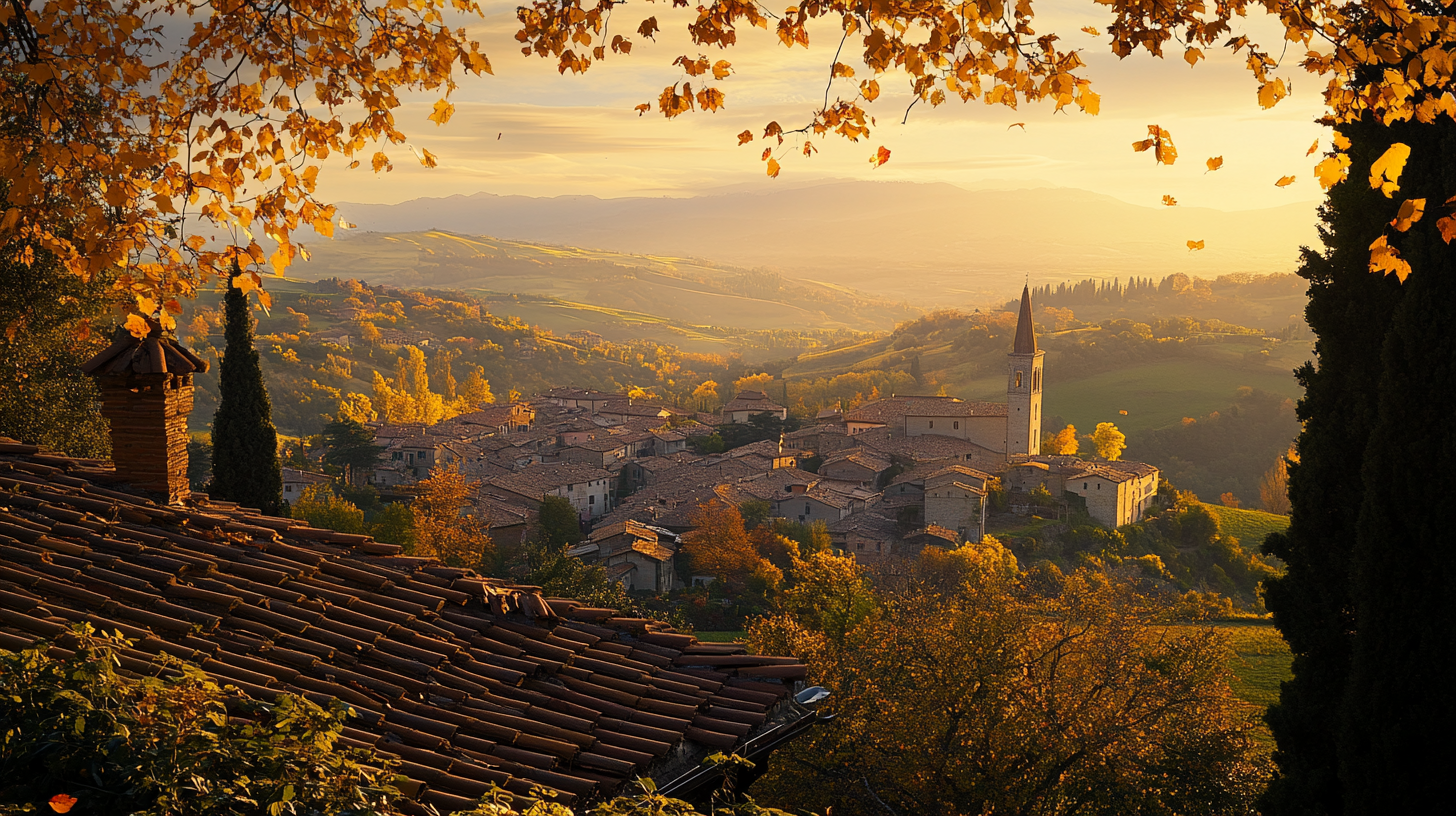
While Italy has something to offer year-round, some times are notably challenging for travelers aiming for affordability and ease. Recognizing these periods can help you avoid common pitfalls like inflated prices, extreme weather, and overwhelming crowds. This section highlights when it might be best to reconsider your travel dates or adjust your plans to mitigate potential drawbacks.
High Tourist Season Hazards
The peak of summer in Italy can be a double-edged sword. While the long days and festive atmosphere may be appealing, the combination of soaring temperatures, which can exceed 40°C (104°F) in some areas, and swelling tourist numbers can make travel exhausting and expensive. Lines for major attractions like the Vatican Museums or the Uffizi Gallery can stretch for hours under the scorching sun. Accommodations not only become pricier but also harder to secure, often requiring bookings months in advance. Additionally, the heat can pose health risks, particularly for the elderly or those with medical conditions, and can limit daytime activities. If your schedule necessitates summer travel, consider focusing on cooler mountainous regions or lakeside destinations, or plan indoor activities during peak heat hours. Utilizing survival guides for traveling Italy during peak summer can provide strategies for coping with the season’s challenges. However, for those with flexible schedules, opting for spring or fall visits will likely yield a more comfortable and cost-effective experience.
Final Thoughts
Embarking on a journey through Italy doesn’t have to be a luxury reserved for the few. With mindful preparation and a willingness to embrace the country beyond the typical tourist timelines and destinations, you can create memories that last a lifetime without overspending. The key lies in being informed—understanding the ebb and flow of seasons, tapping into local knowledge, and staying flexible with your plans. Savor the warmth of Italian hospitality in a family-run trattoria, lose yourself in the quiet beauty of a medieval village, or stand in awe before masterpieces of art and architecture that transcend time. Ultimately, the essence of Italy is not confined to a particular season or price tag but is found in the experiences and connections you cultivate along the way.
Follow us back to Seat 5A for more travel insights and tips. We look forward to guiding you on your next adventure.




